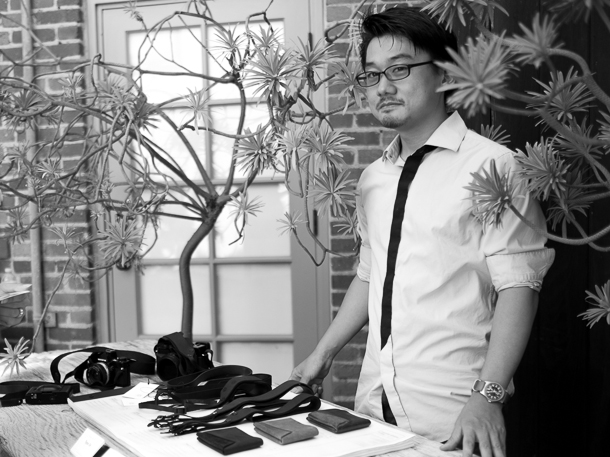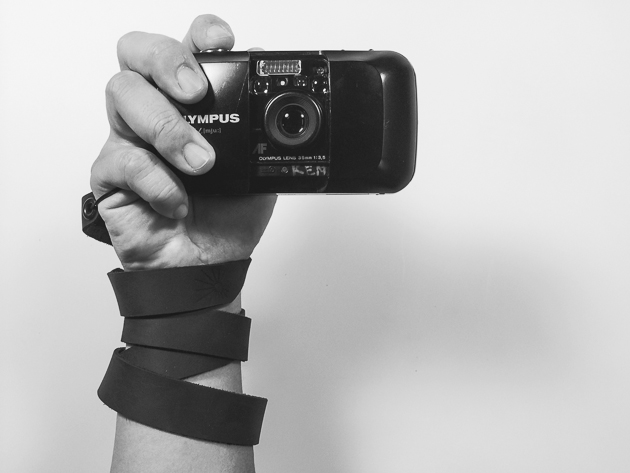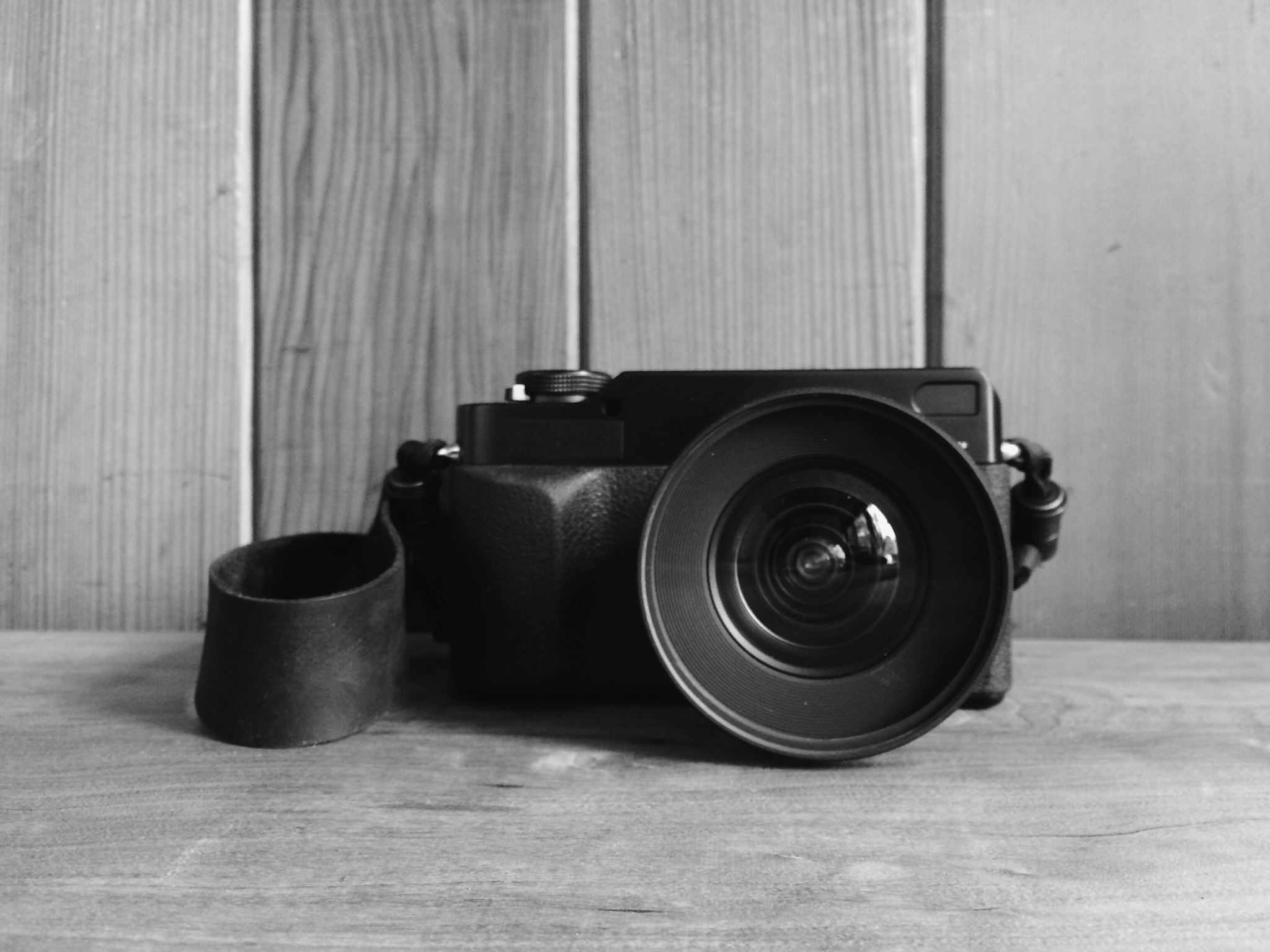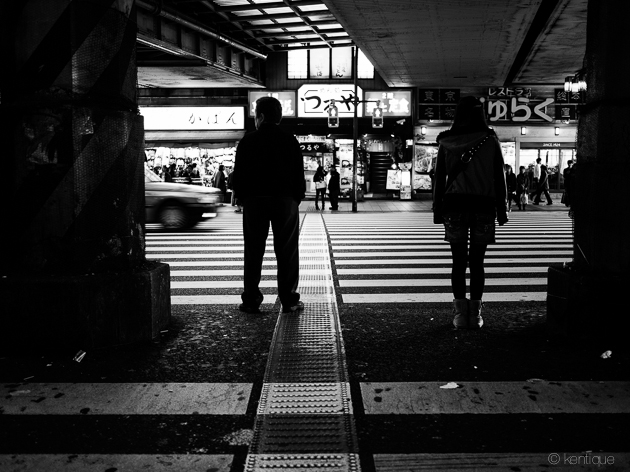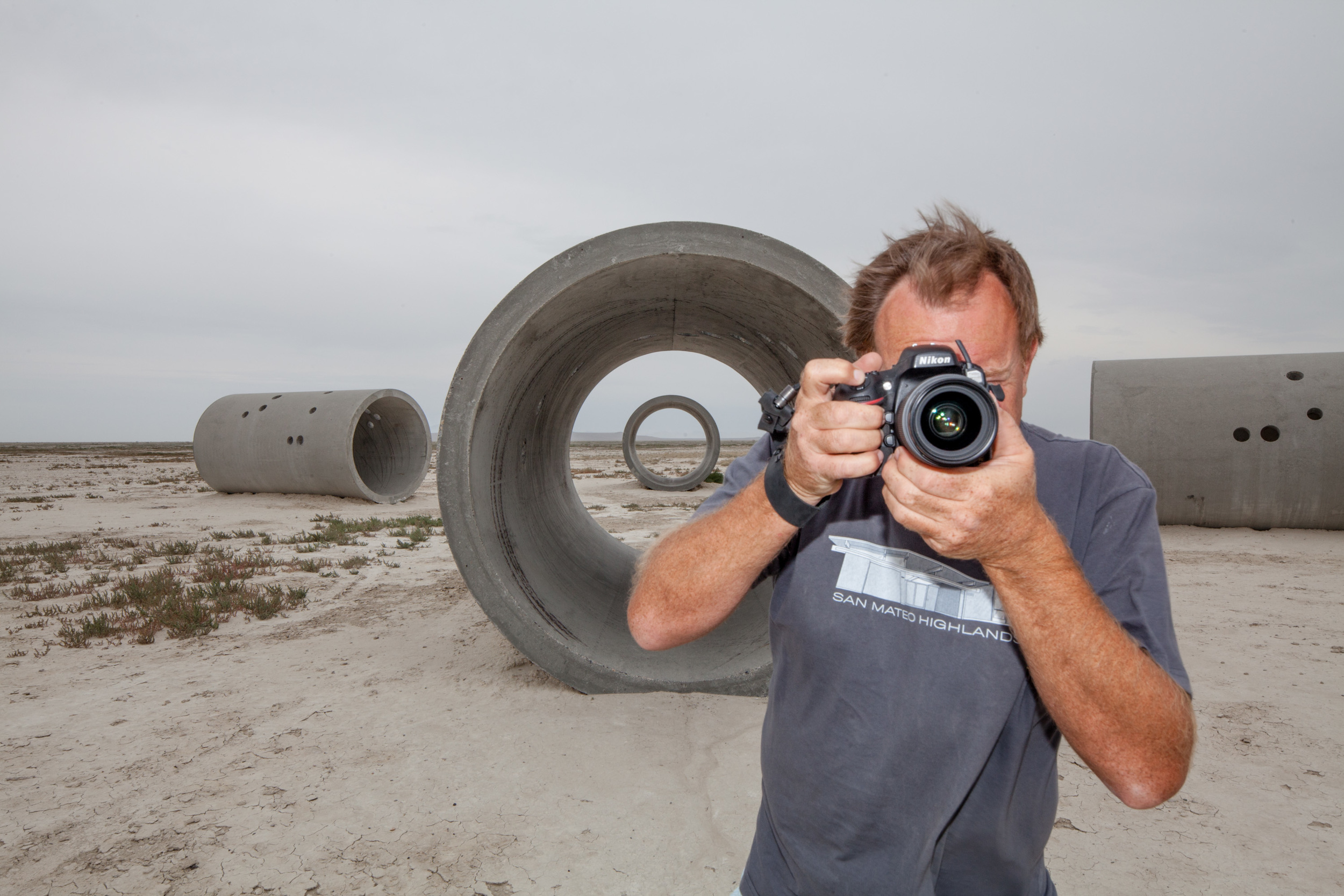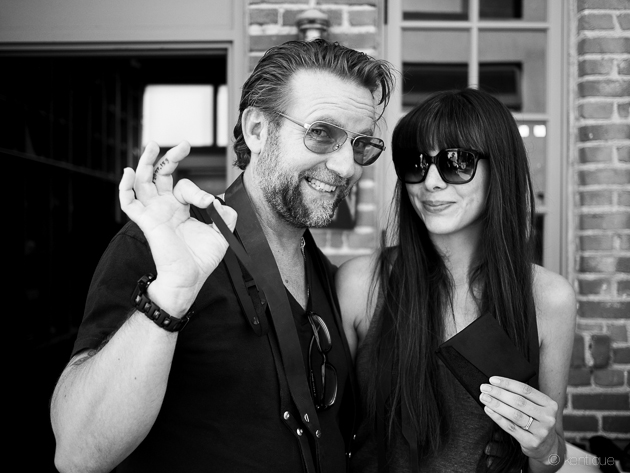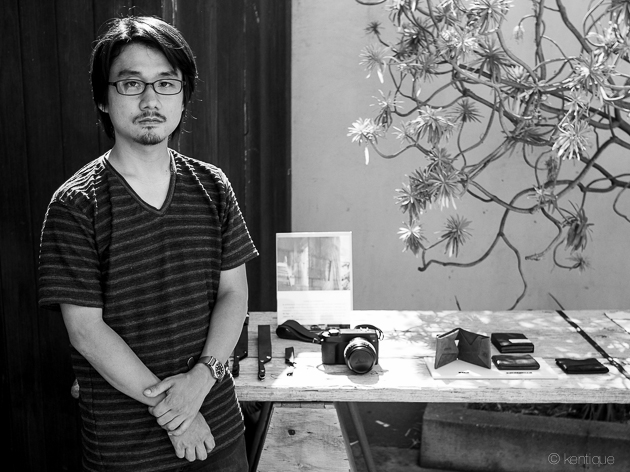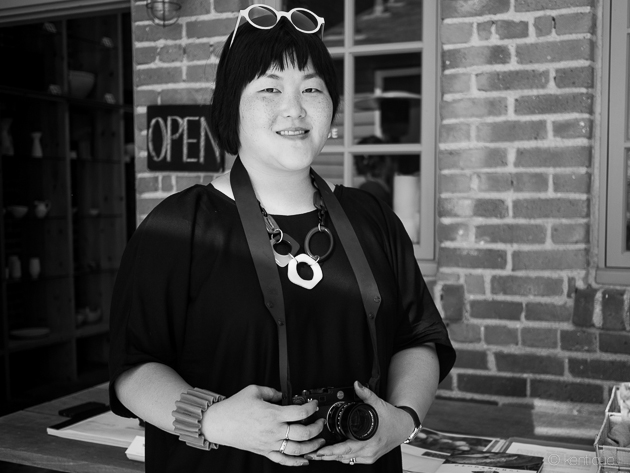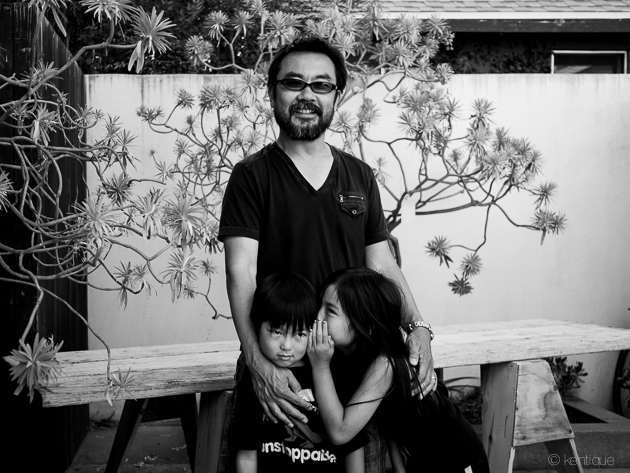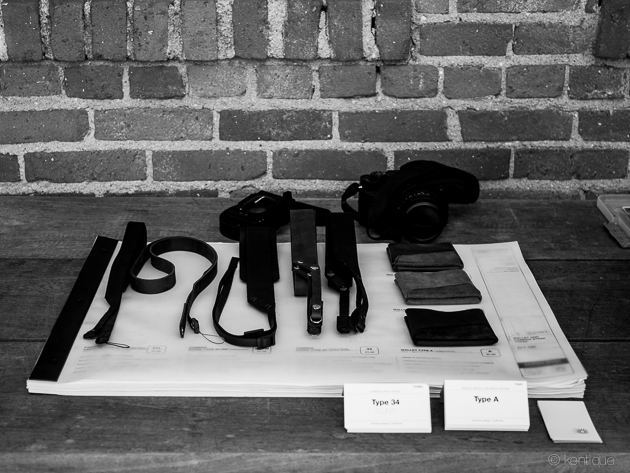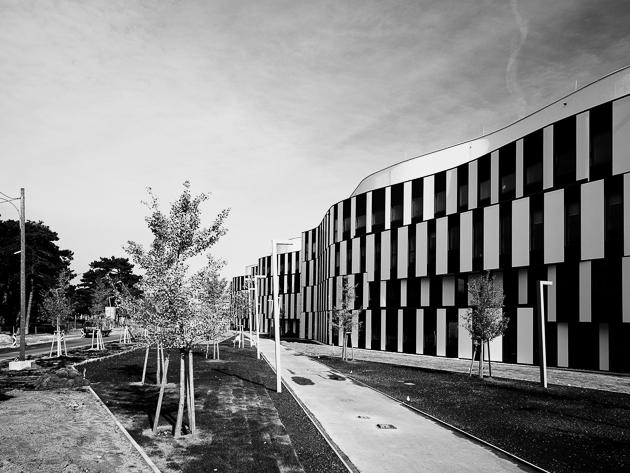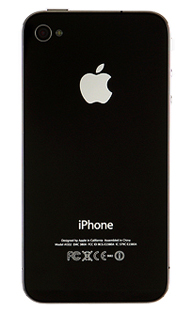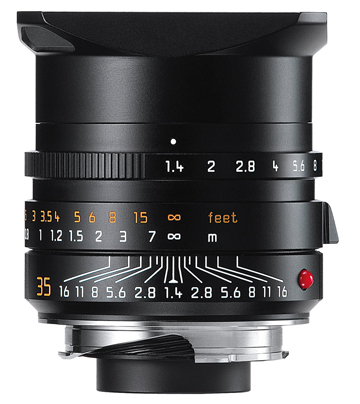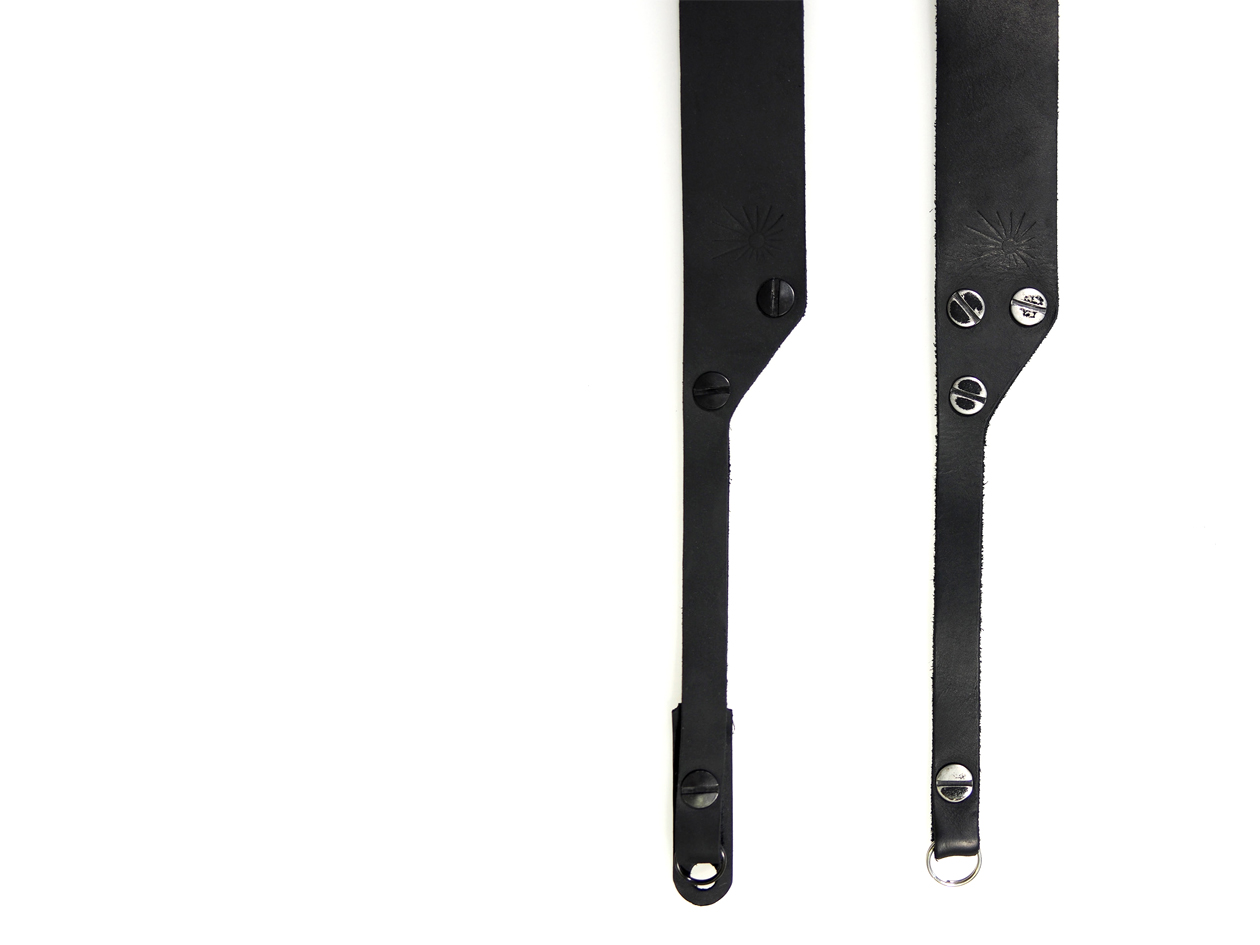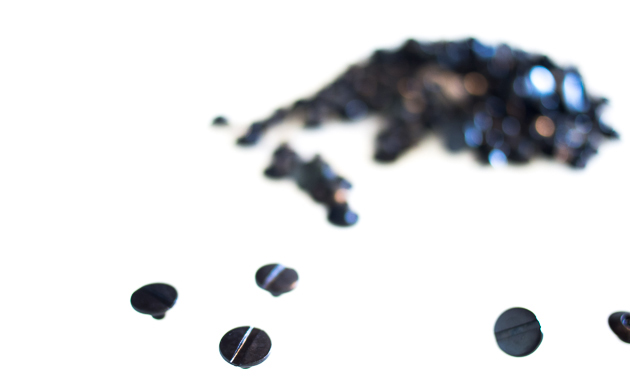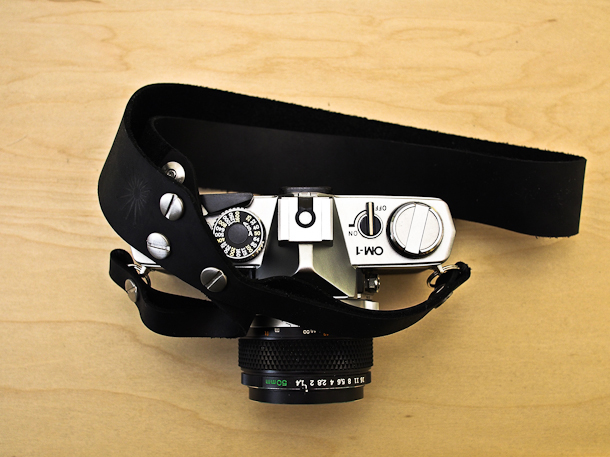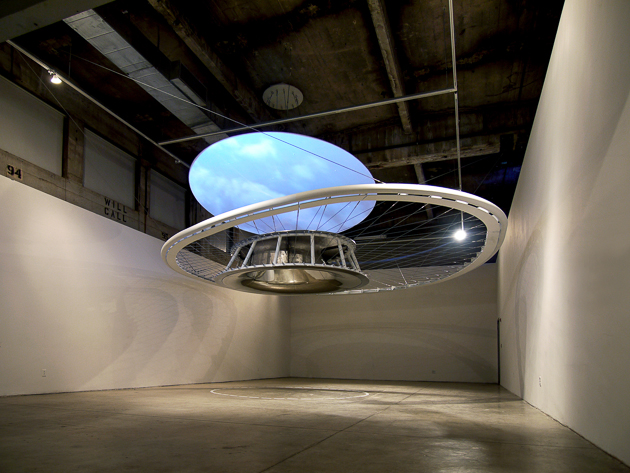/blog
Akira Concept Art, or Tokyo 2015?
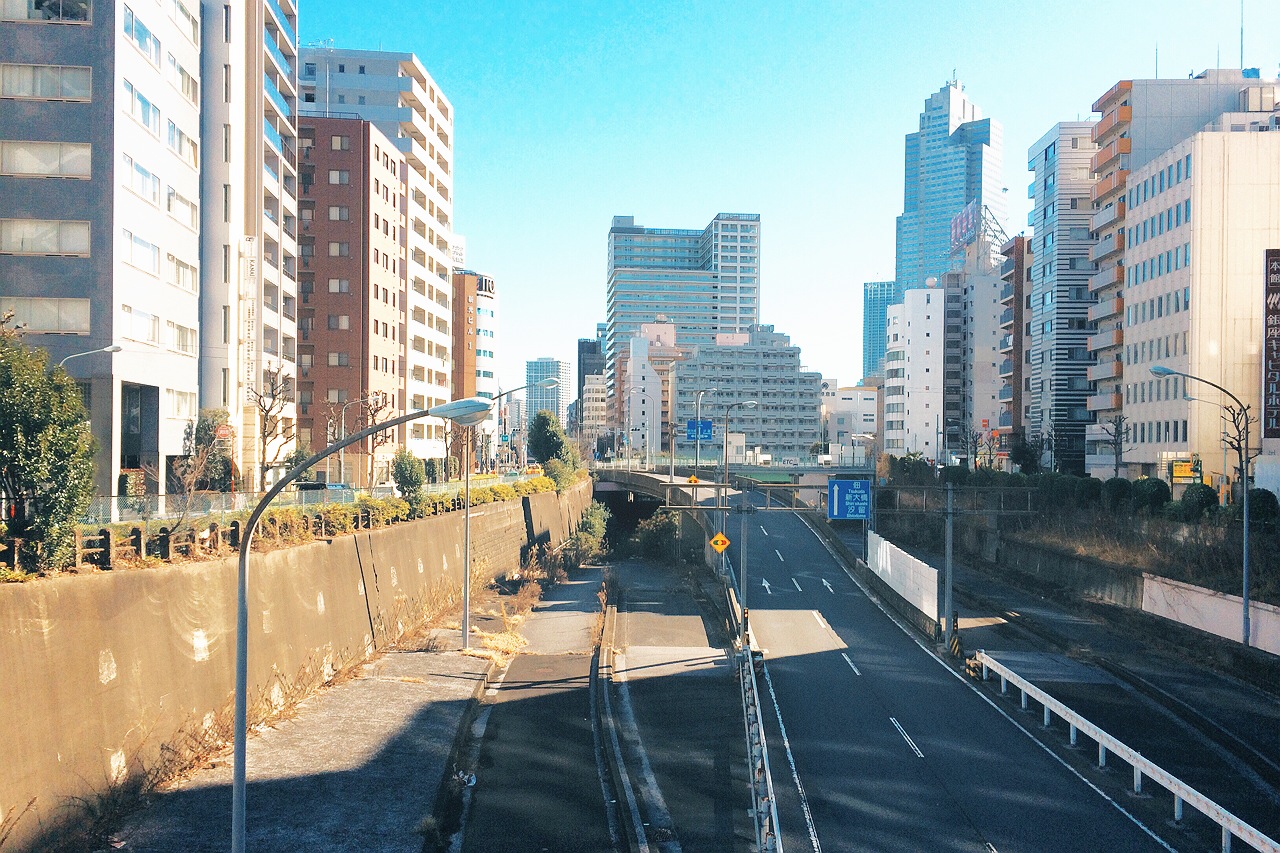
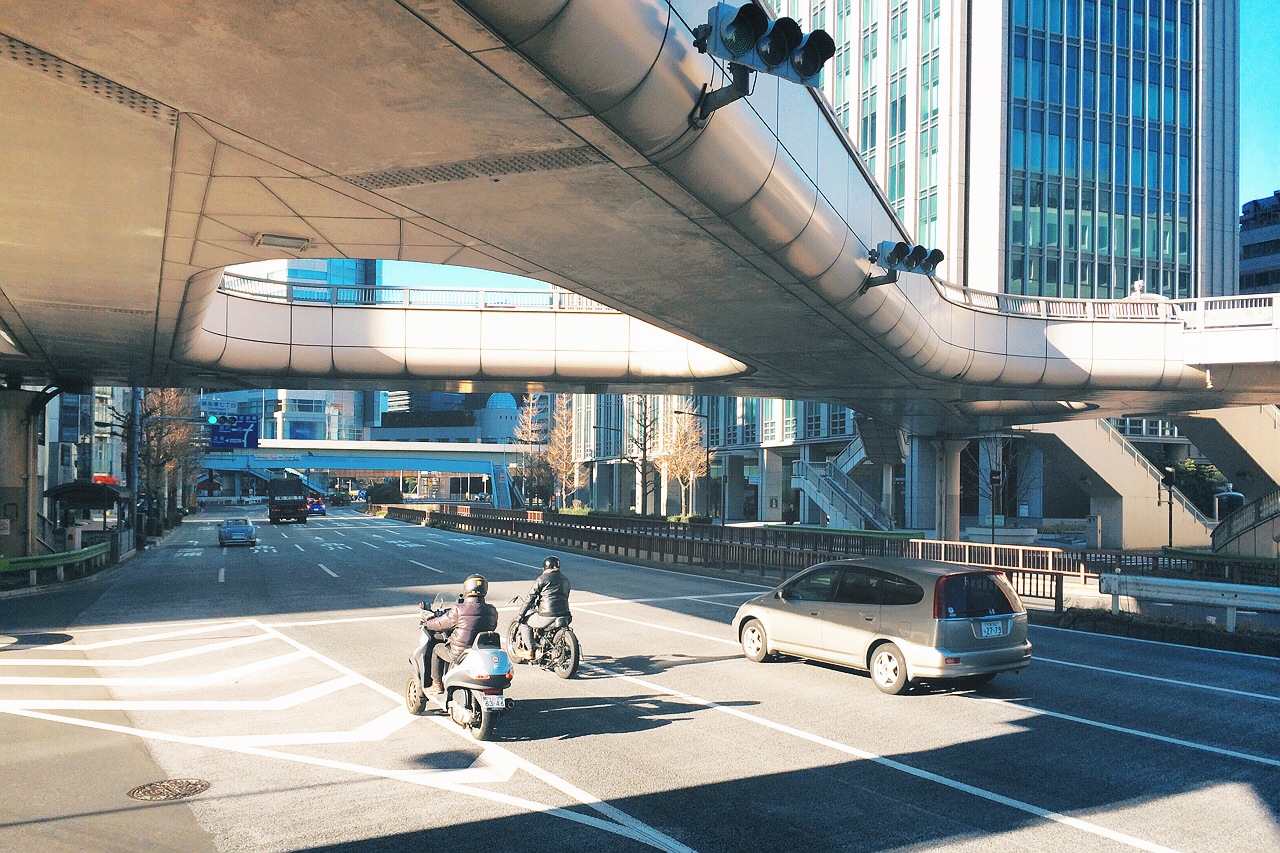
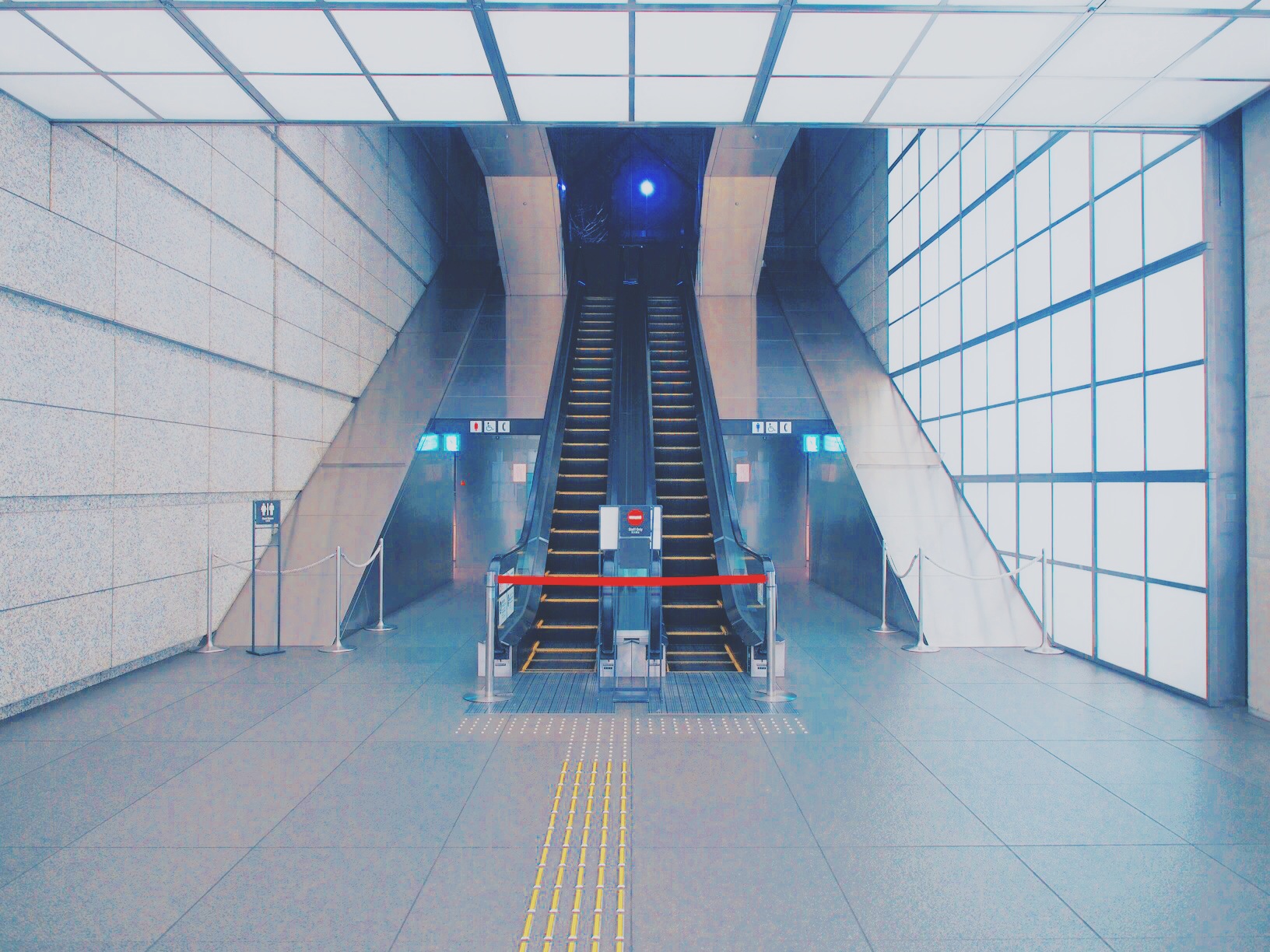
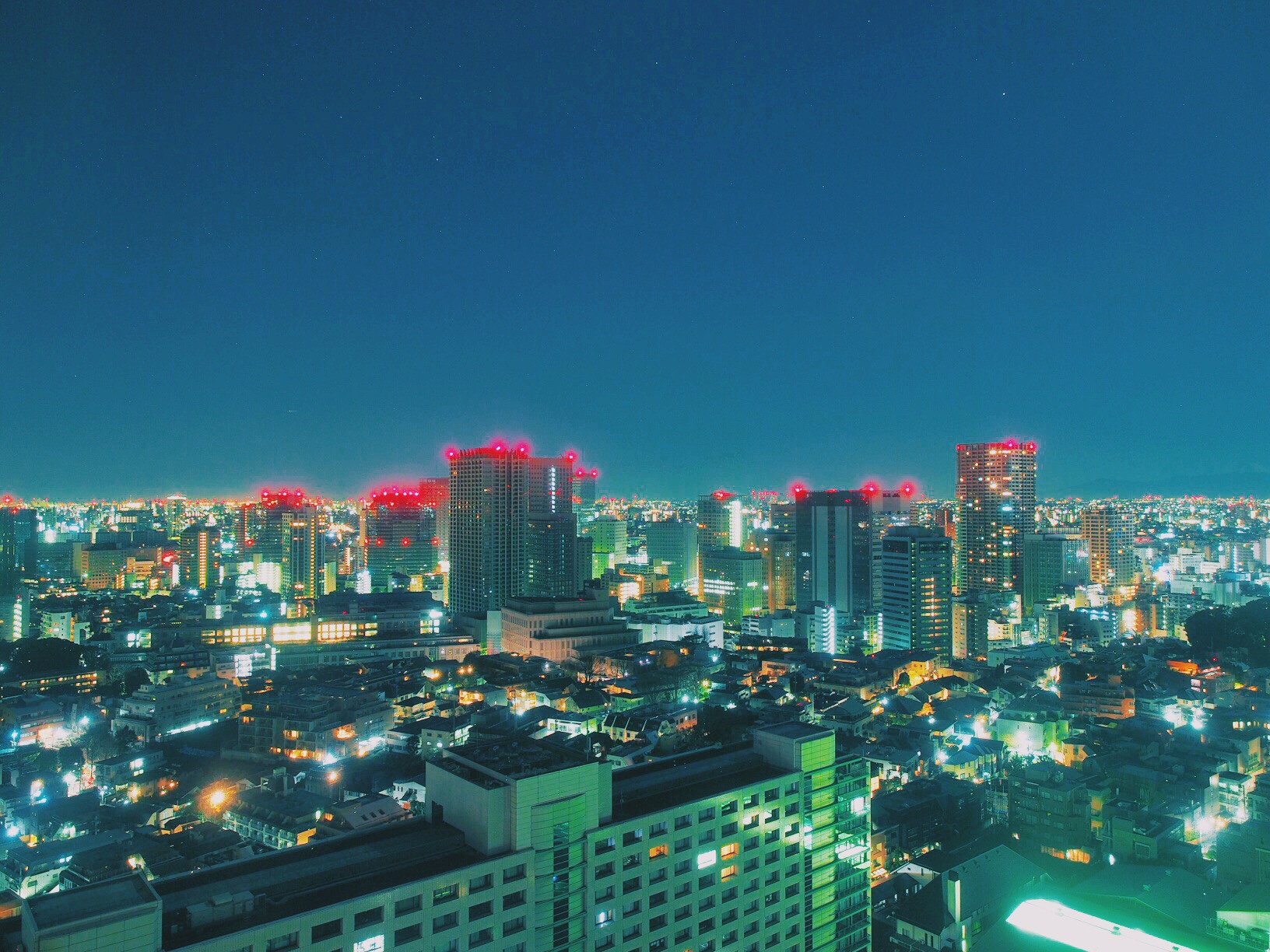
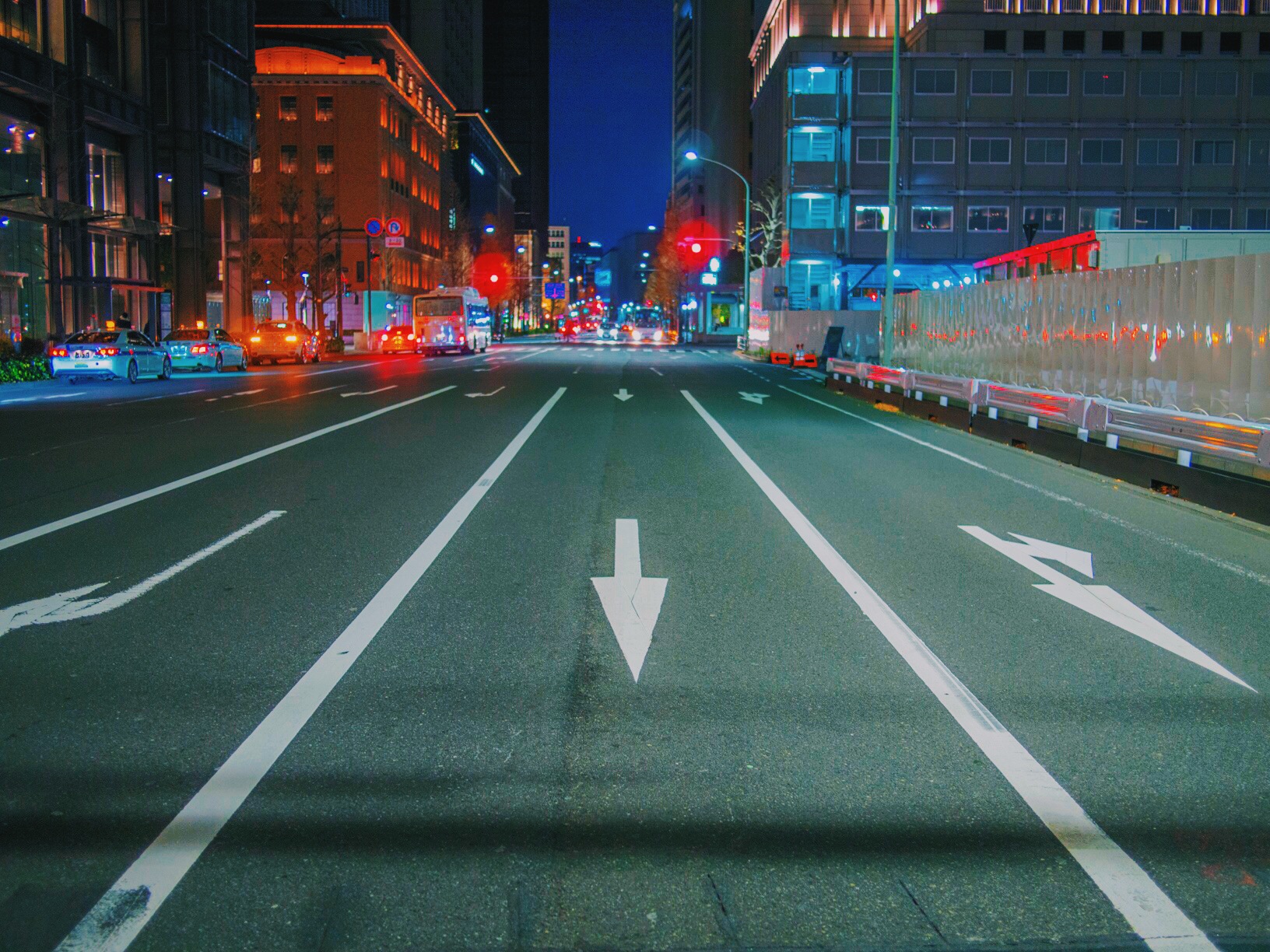
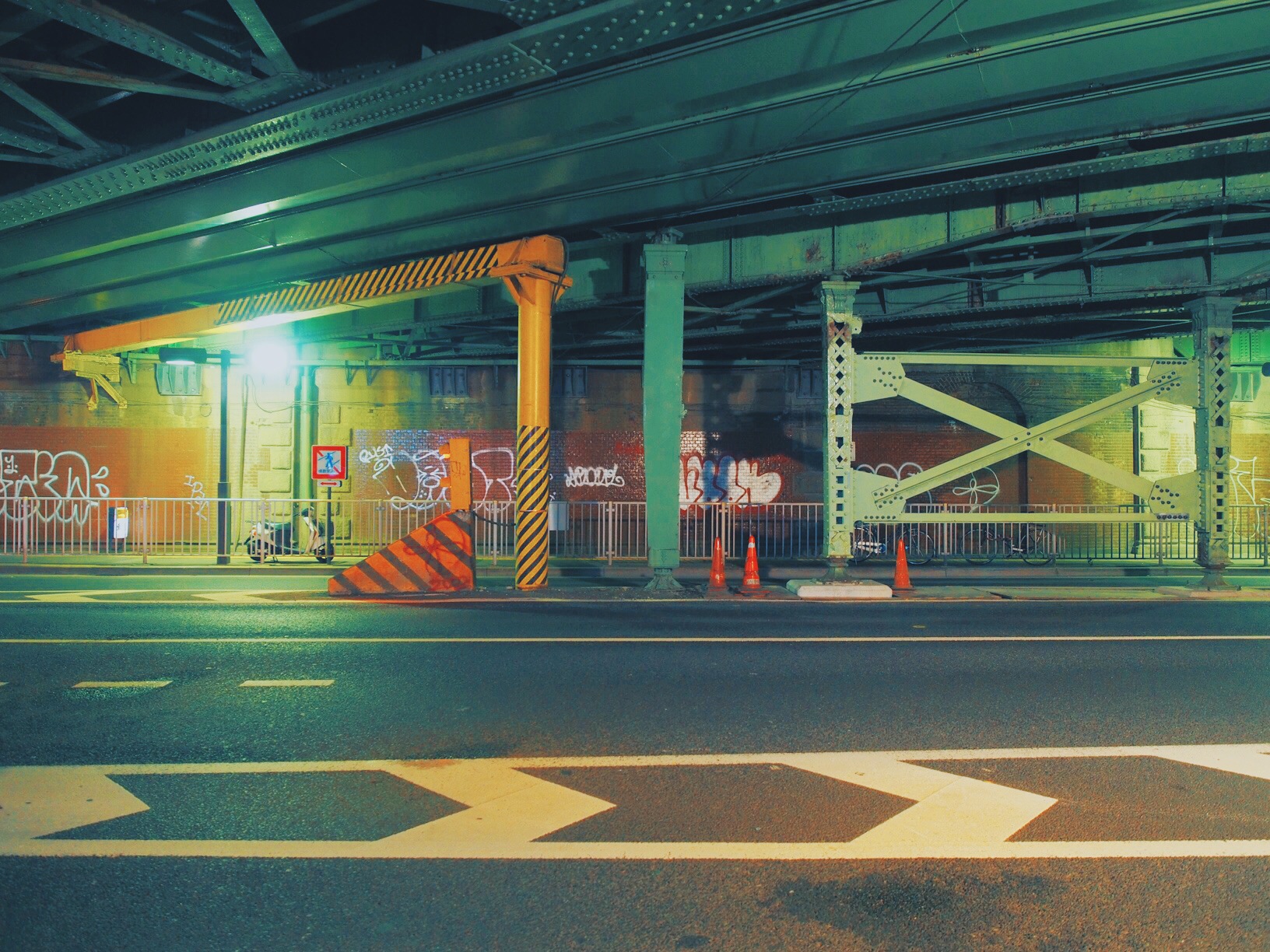
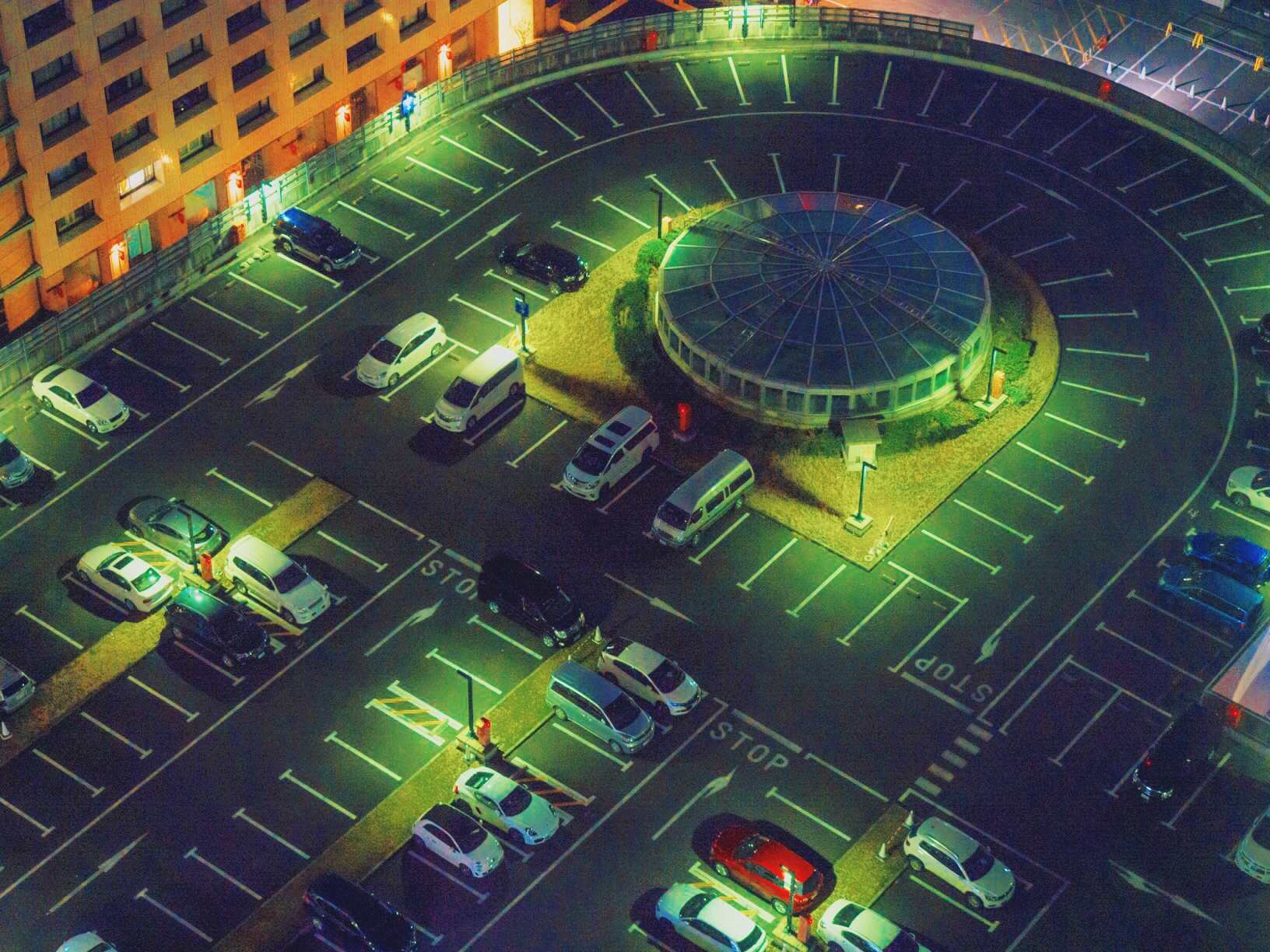
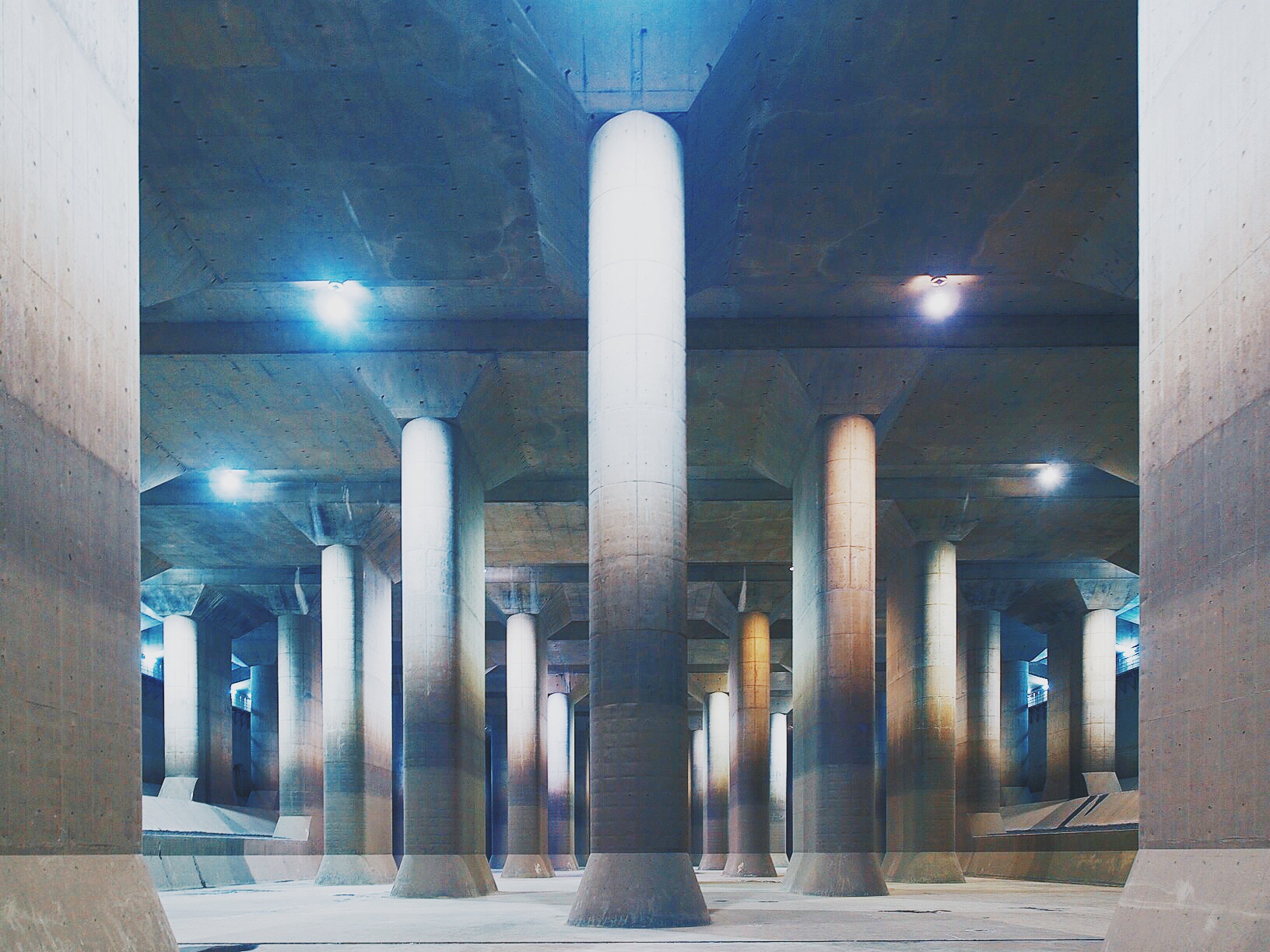

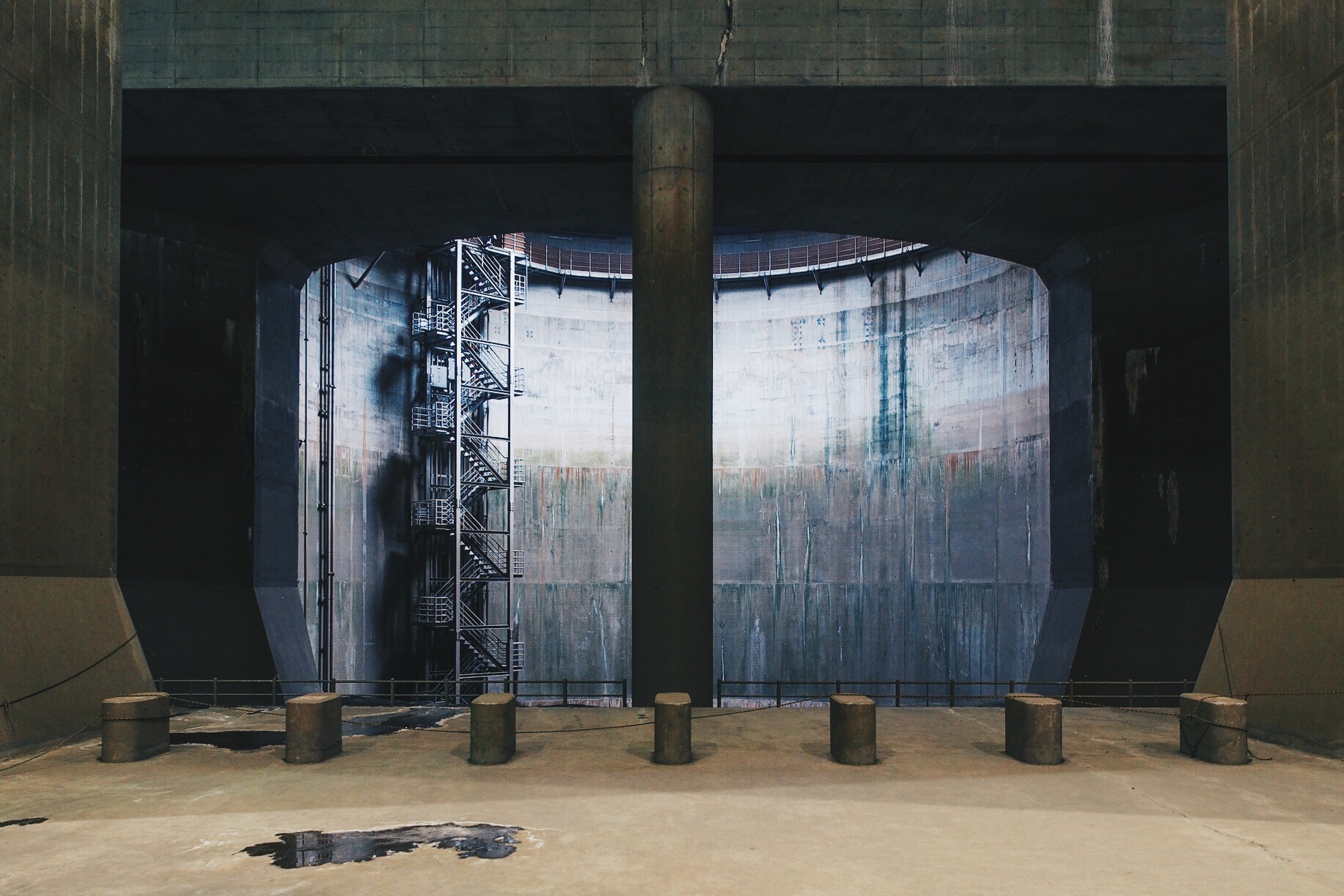

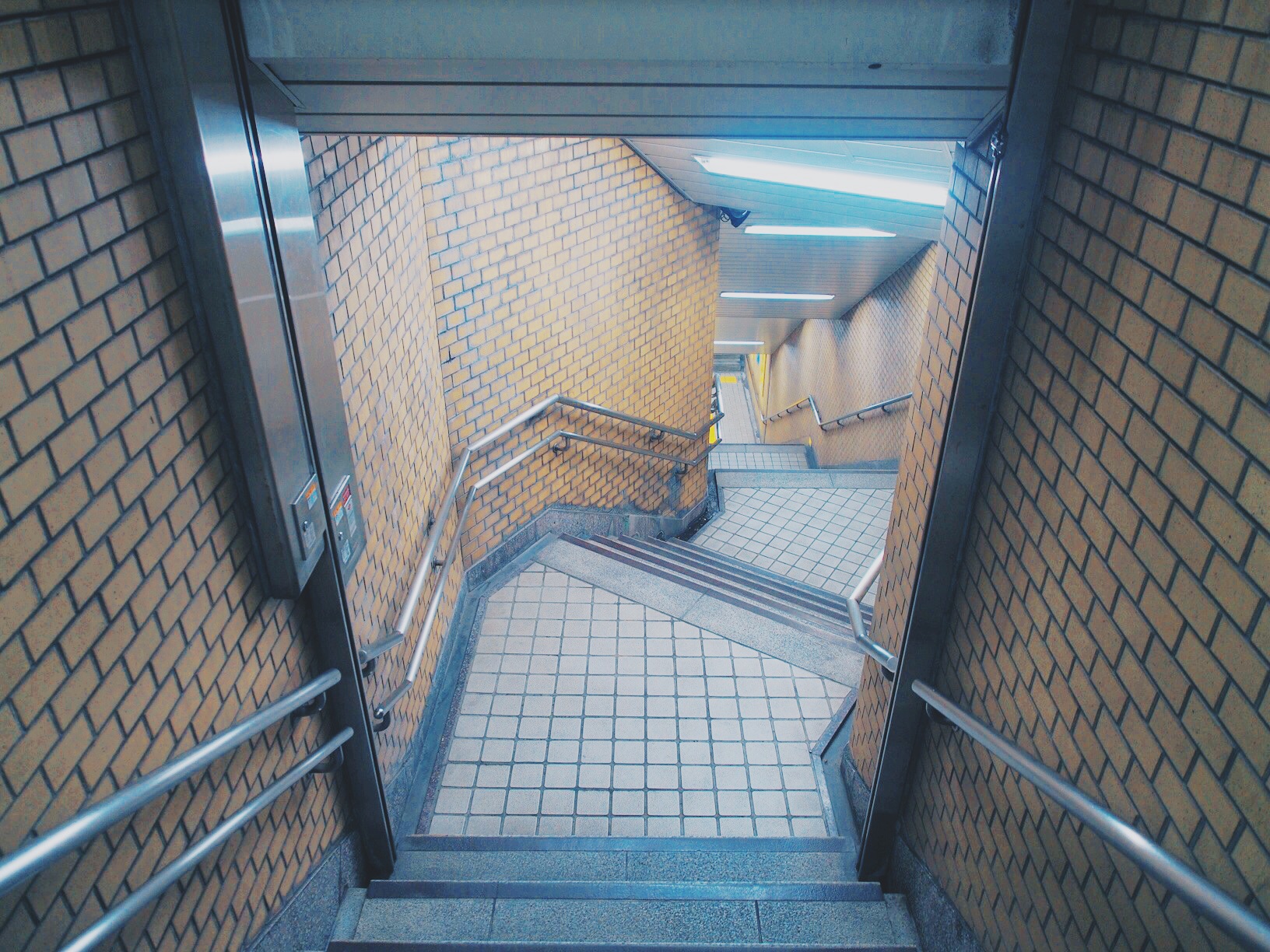
As I was snapping away photos and manipulating them on my iphone, I stumbled upon a process which resulted in the photos looking like concept art for anime and movies. Applying this to some of my photos from Tokyo resulted in some pretty cool Akira-like atmosphere. You can click any one of them to enlarge, and use the left and right arrow keys to go back and fourth.
kentique design store Now Online!!
kentique design started out as a simple and personal exploration – experimenting with various materials and different assembly techniques to fabricate long-lasting design objects that were more specialized toward a simple and minimalist lifestyle that I aspired towards. As I used these wallets and camera straps, some of my friends became interested in buying one. As I studied and developed the products further to improve on its durability, I was encouraged by more interests coming in from the internet and from people who’ve seen the photos of my works.
I am very grateful for this interest, and would like to make the products that I take care and pride in, available for purchase. Not to be confused with april fools, but I am very excited to introduce my webstore, now online at www.kentiquedesign.com. Please have a look!
#SaveTheOkura #MyMomentAtOkura
Hotel Okura | Architect: Yoshiro Taniguchi | Tokyo, Japan | 1962 | Photo: Kentaro Yamada
This entry was created jointly between Taiyo Watanabe of Taiyo Watanabe Architecture Photography and Kentaro Yamada of kentique design, because we both simply think the Hotel Okura is pretty kick-ass
Today we will be talking about the value of design, not only as designers but as the kind of guys who binge watches MADMEN on Netflix instead of studying for architectural exams. There is a hotel in Tokyo that is really, really cool, but is about to be torn down this September; a damn shame if you ask us. Before anything, here are the photos as we think they speak for themselves.
(Click on any thumbnail to enlarge. Use the left and right arrow keys to navigate)
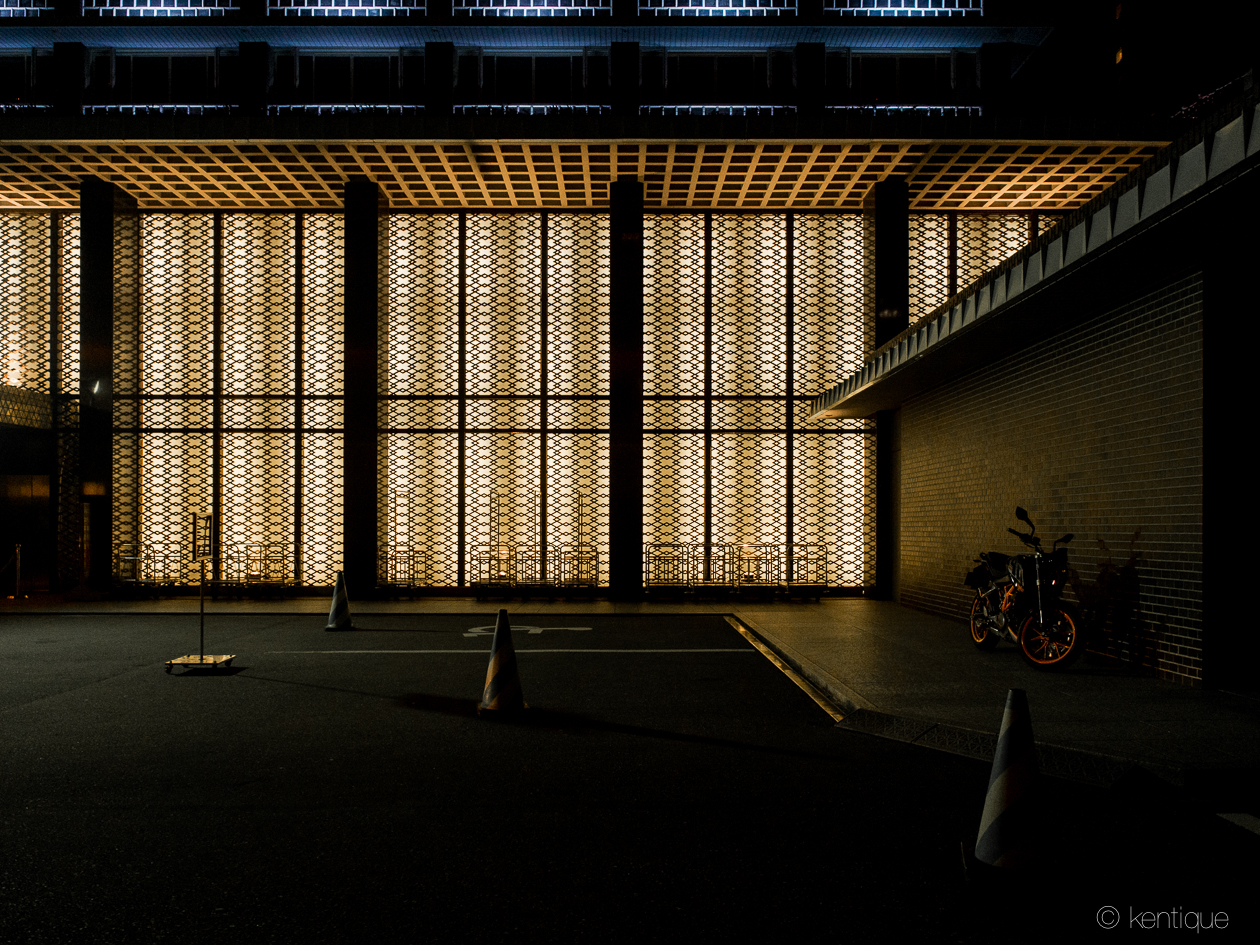

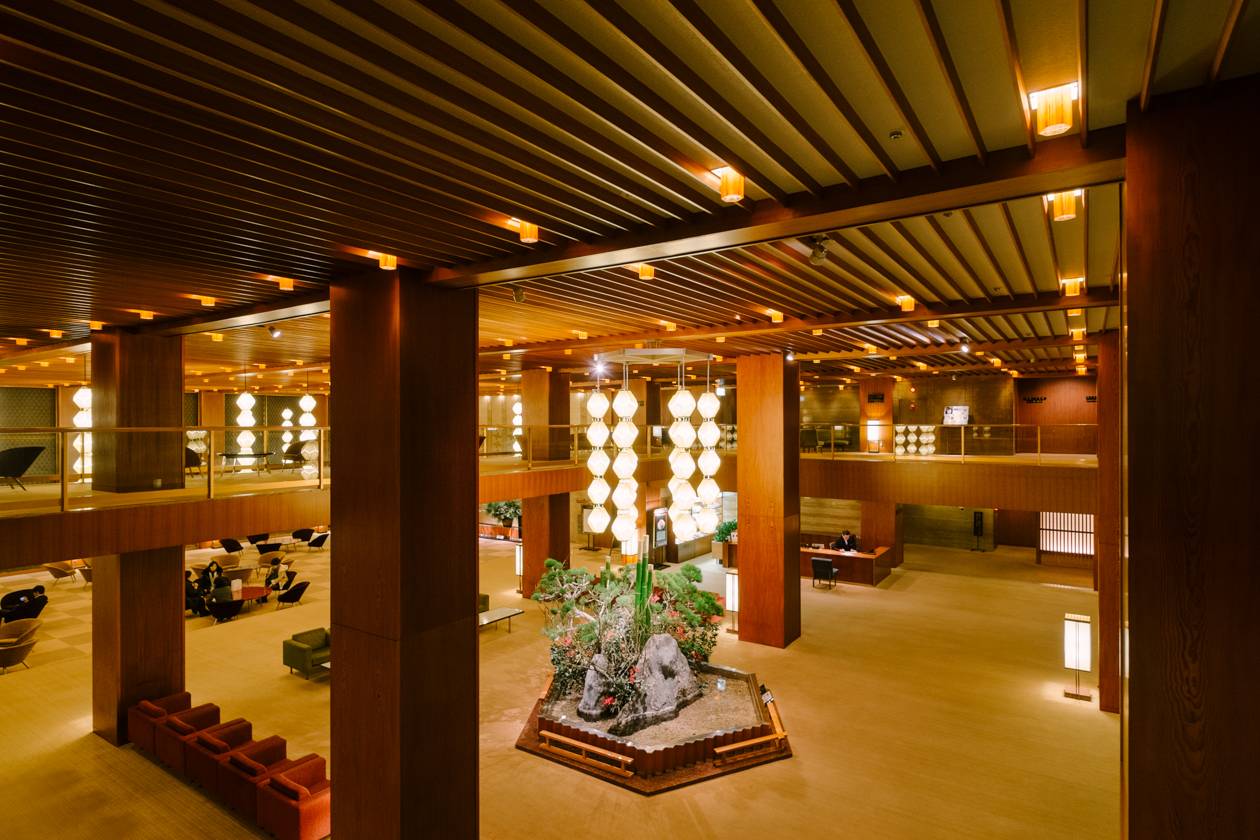
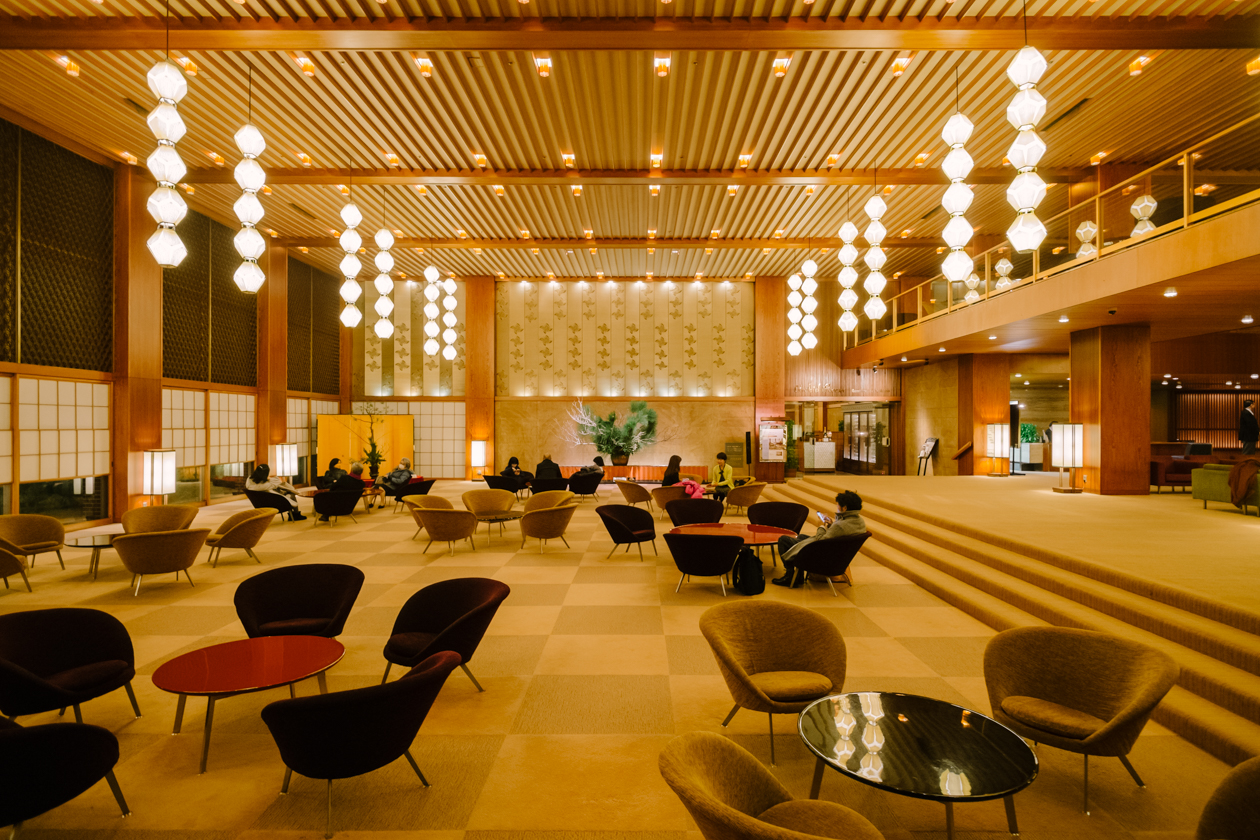
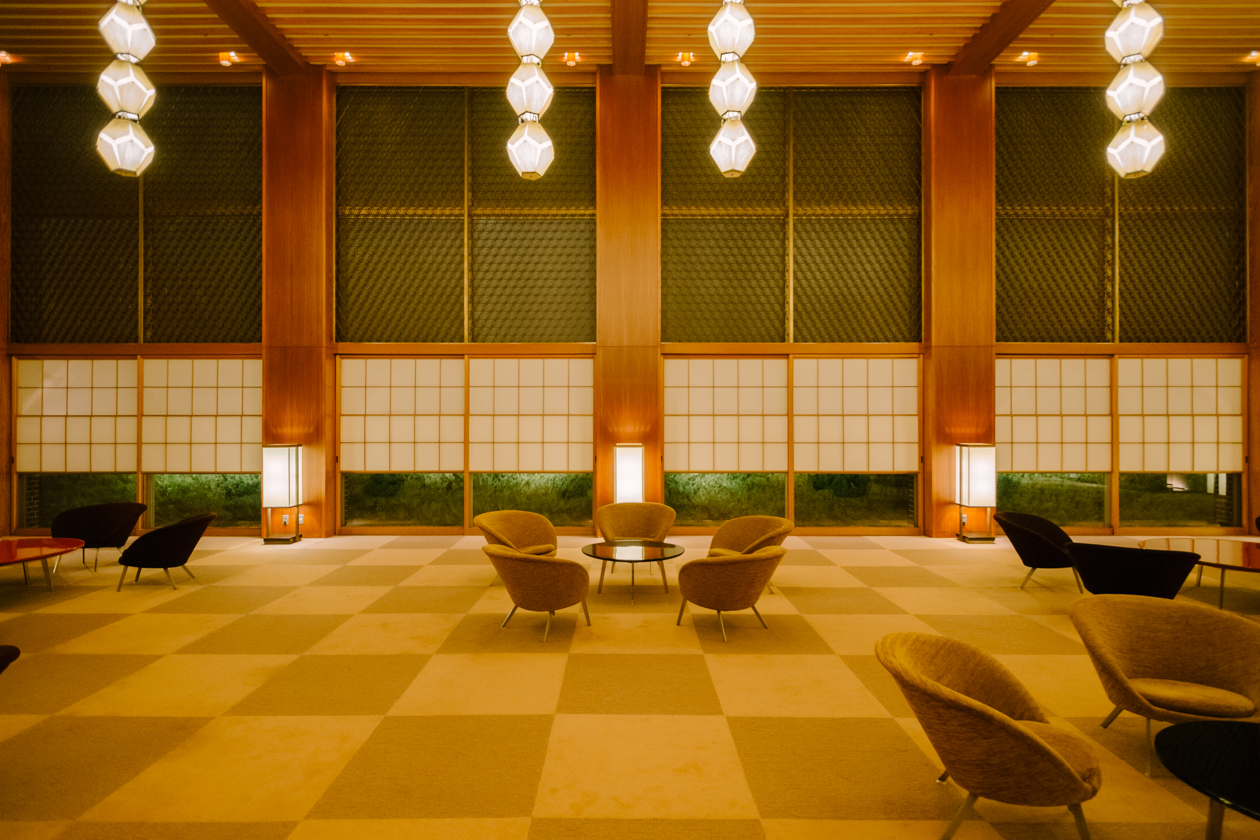
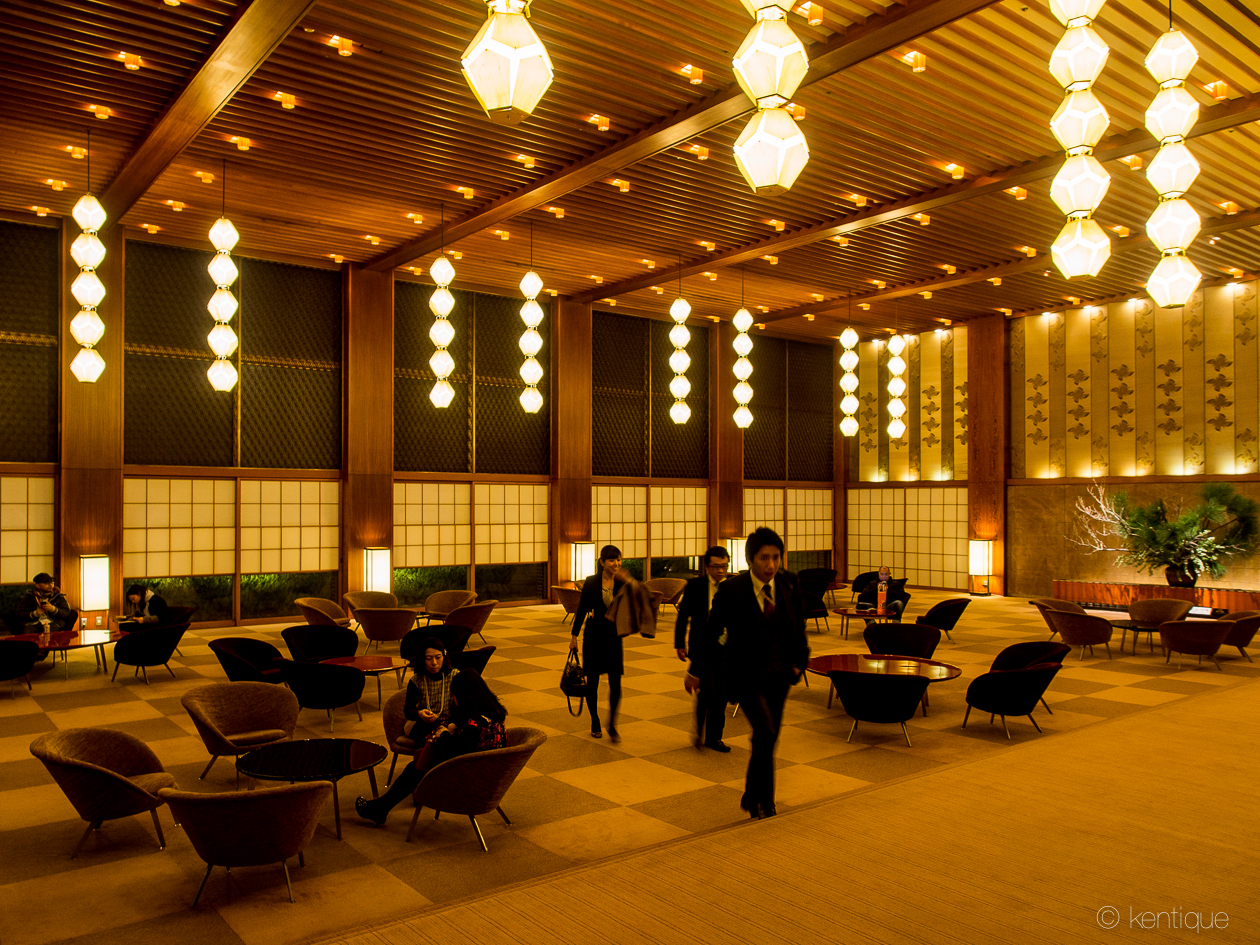

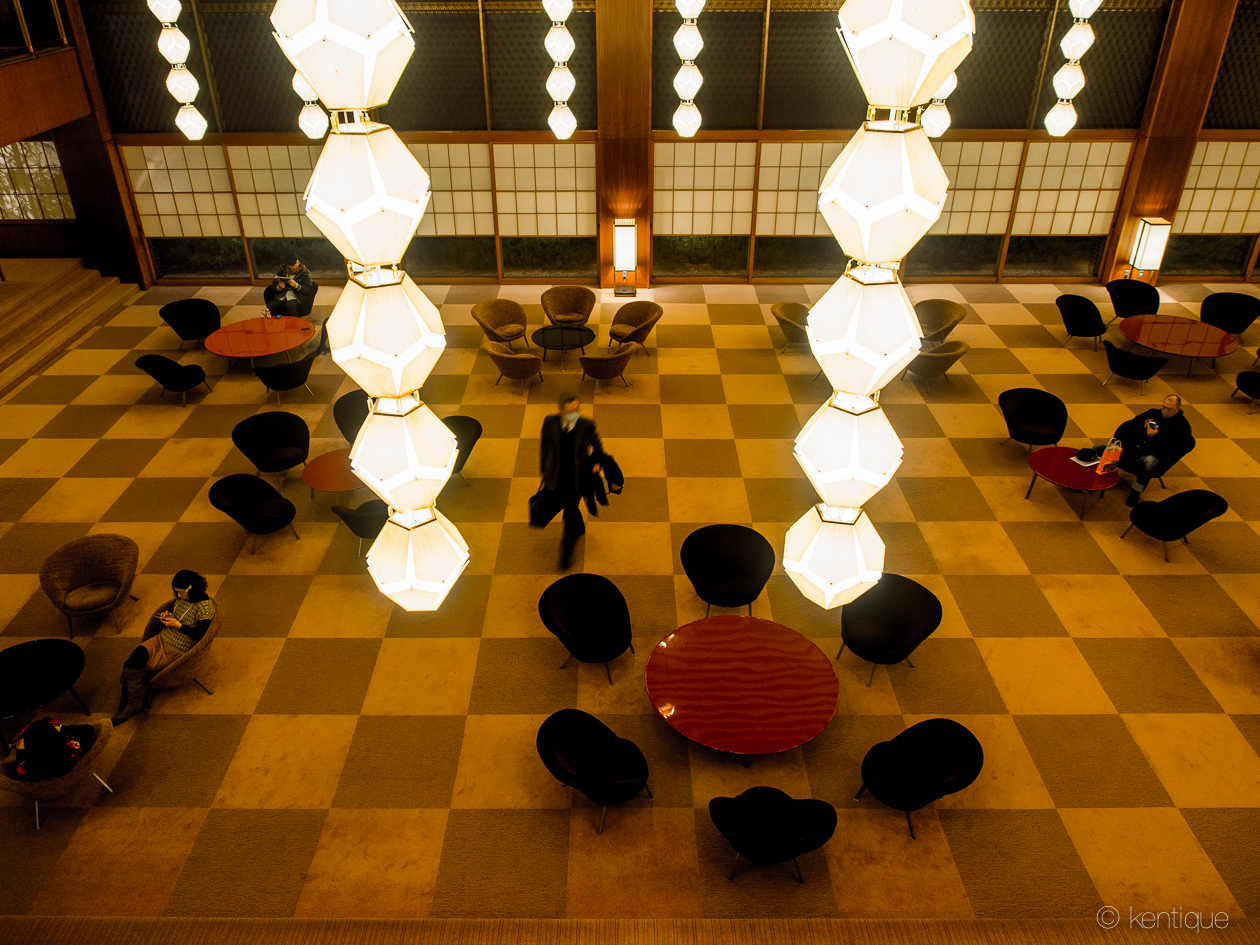
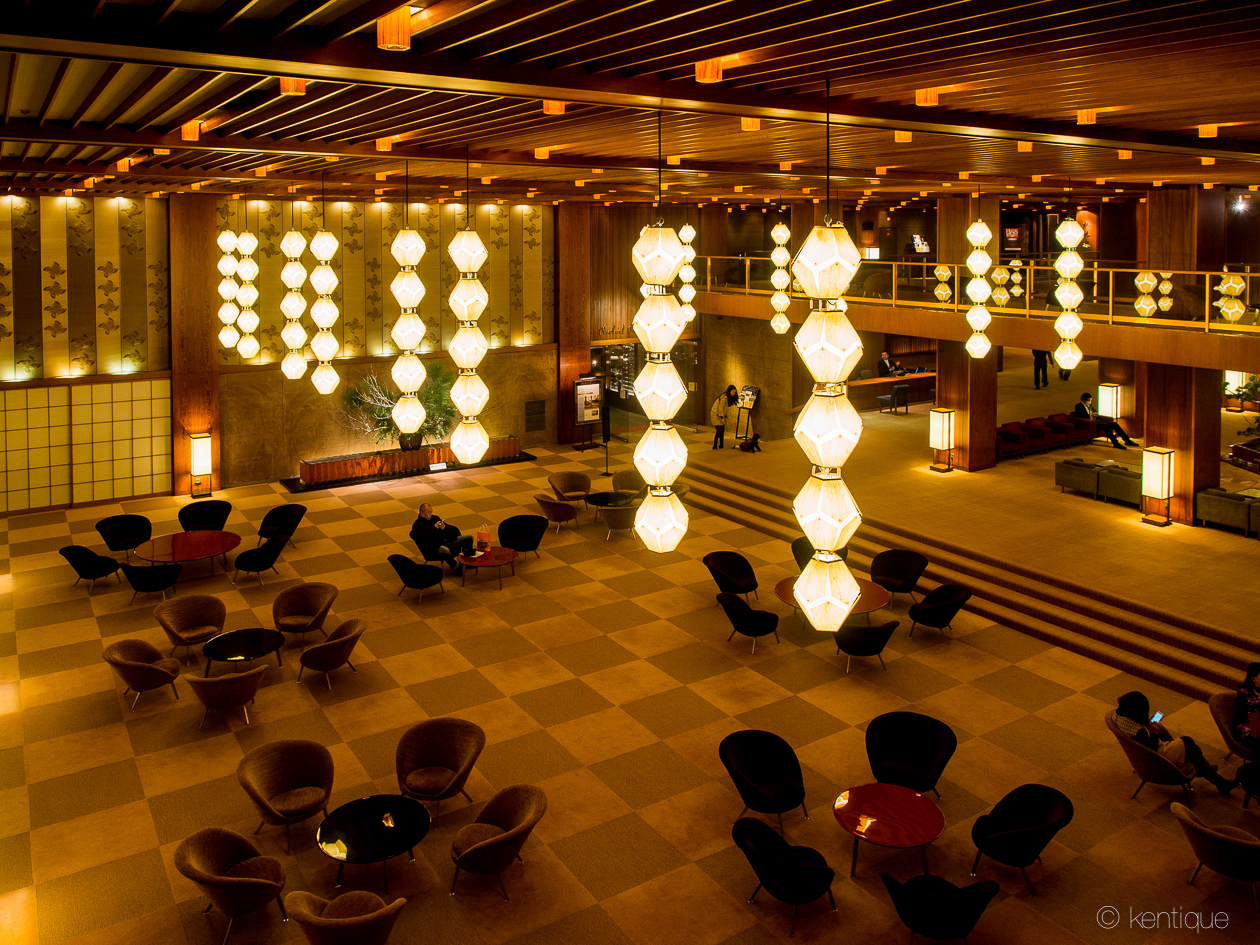
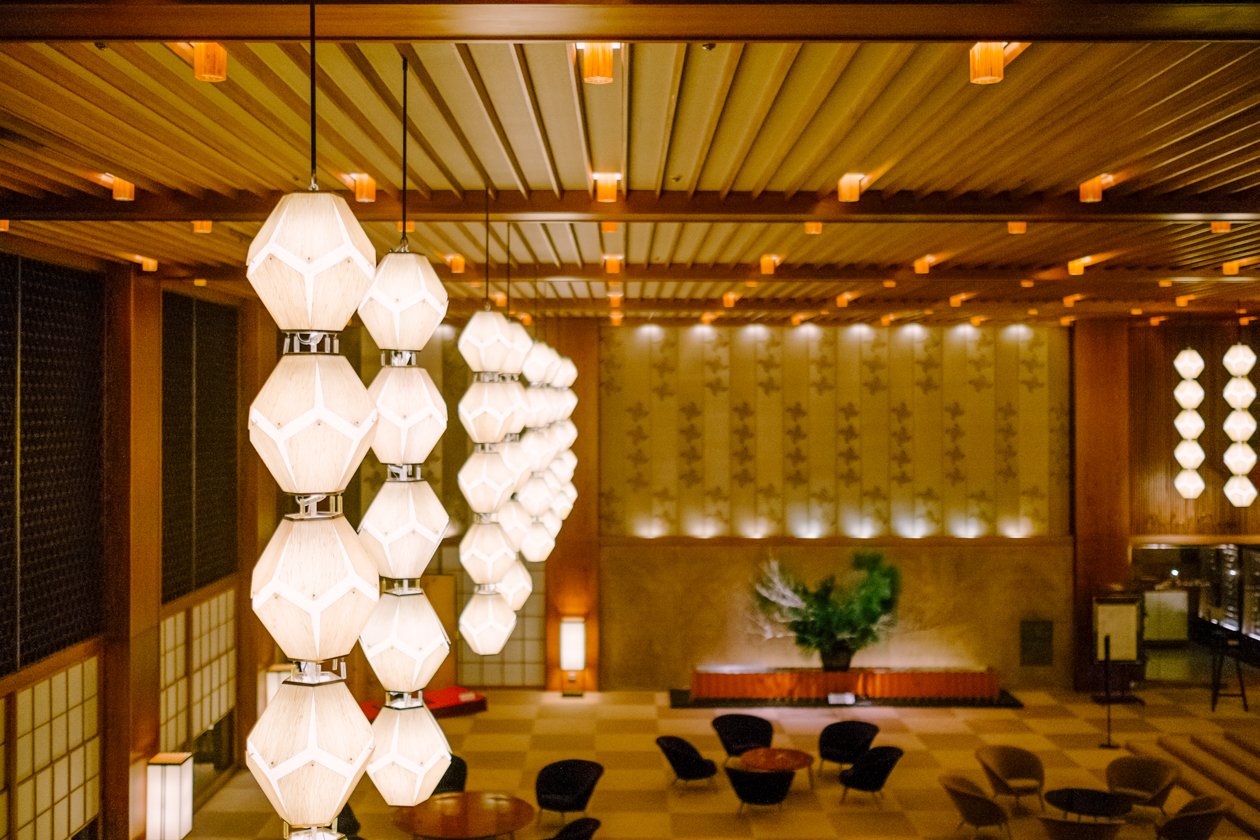
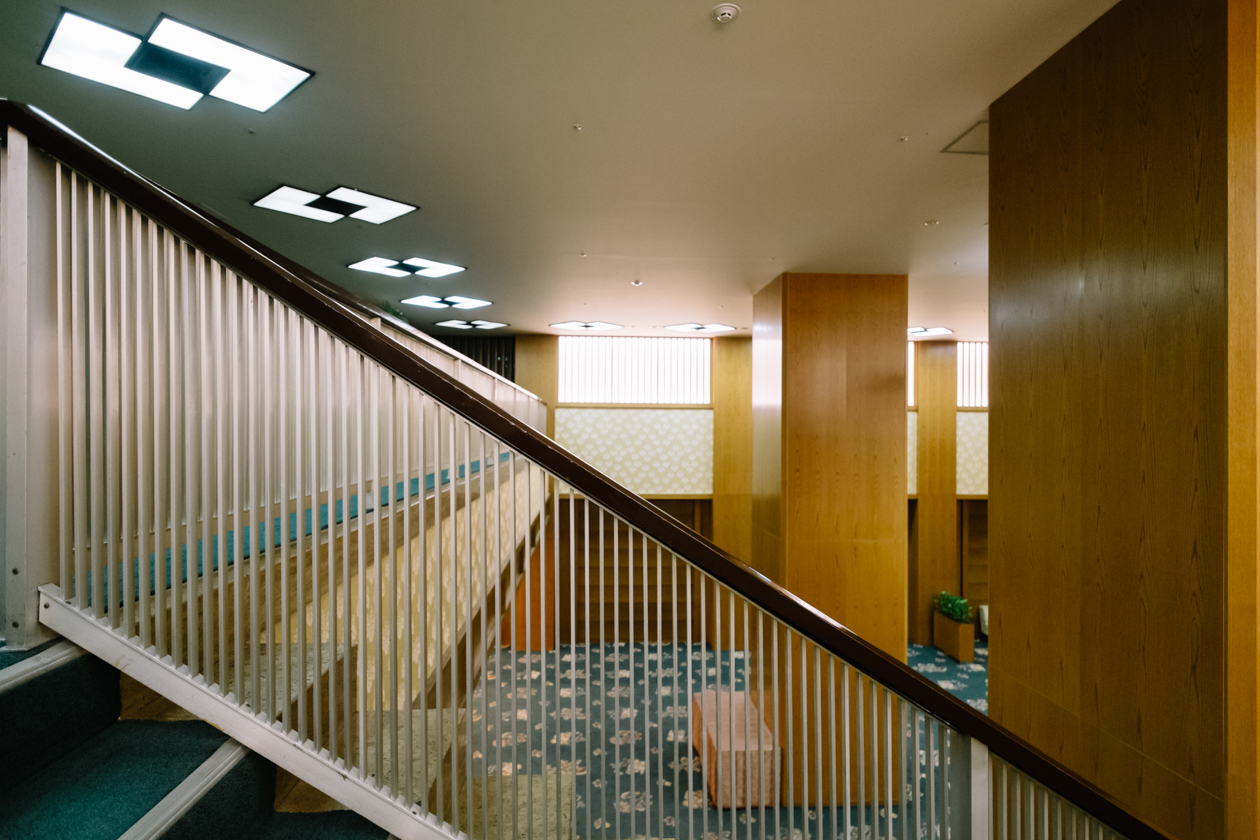
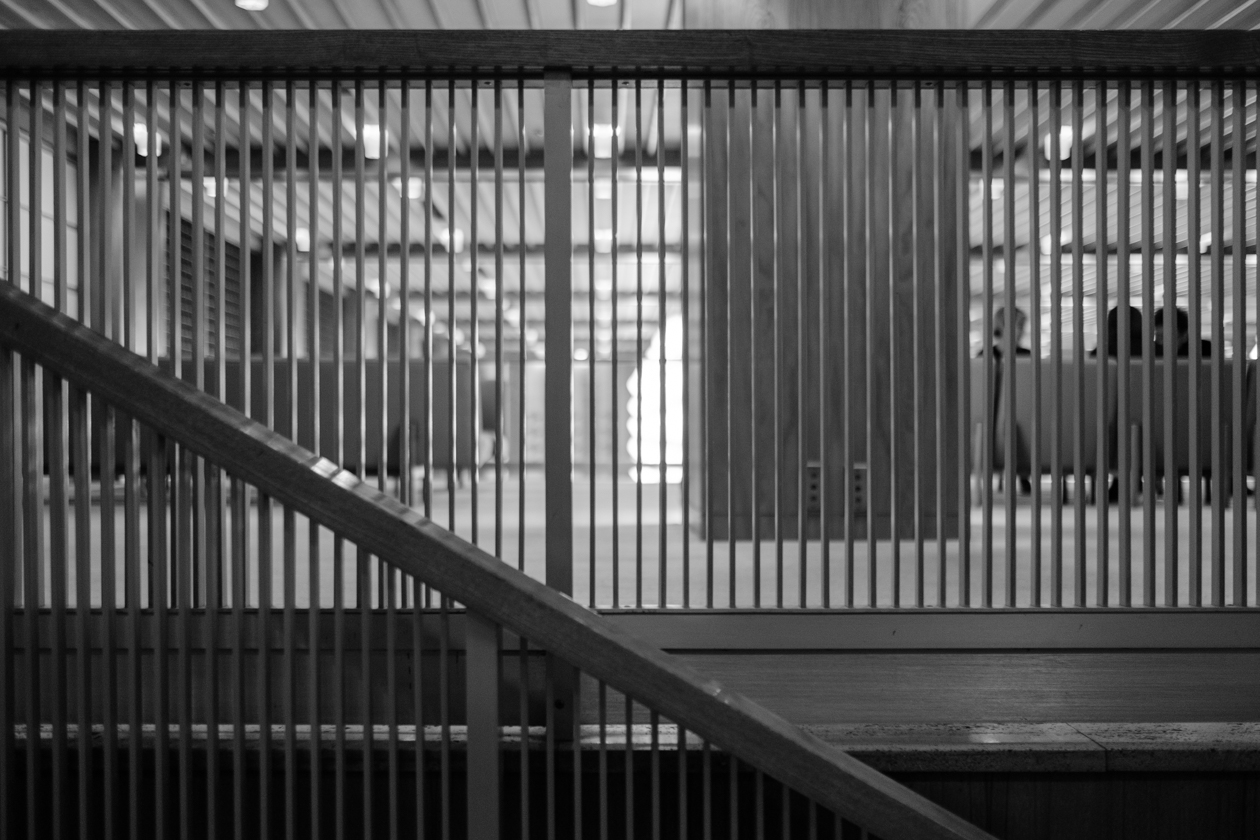
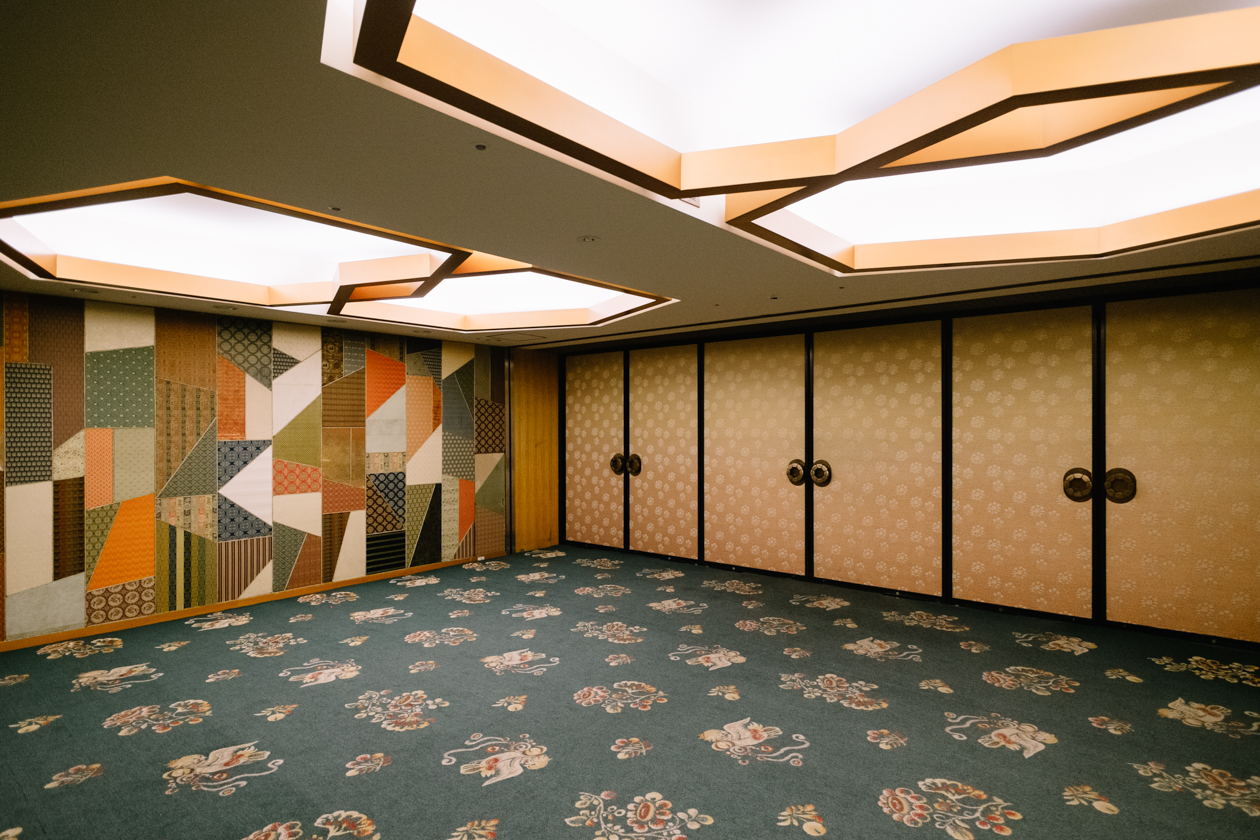
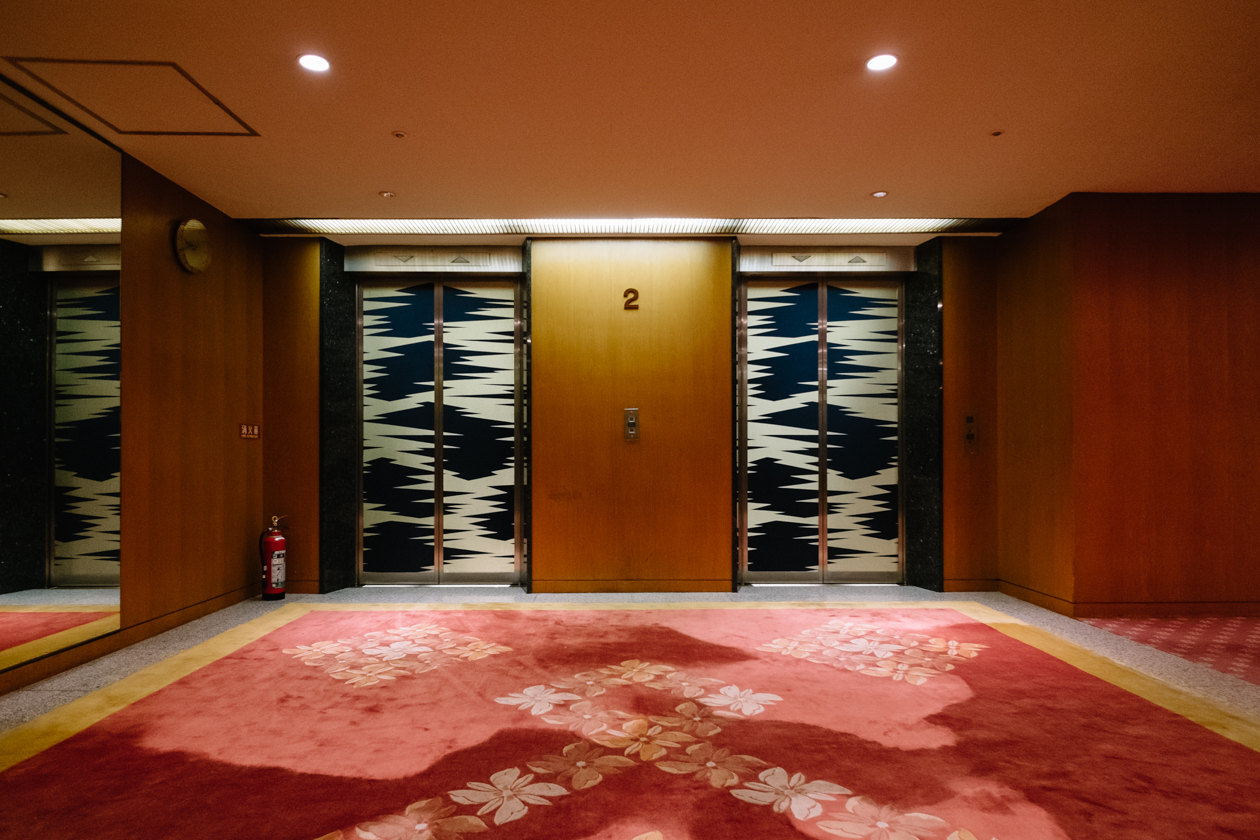
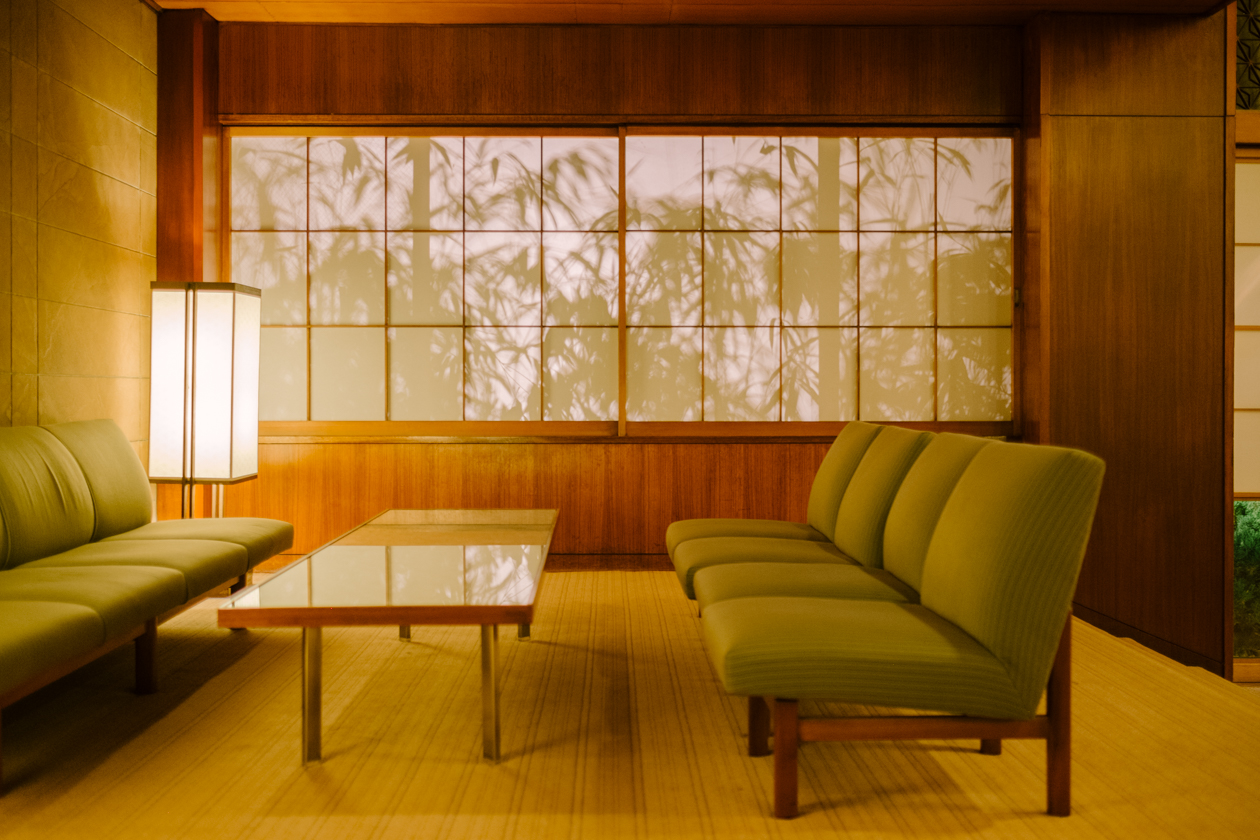
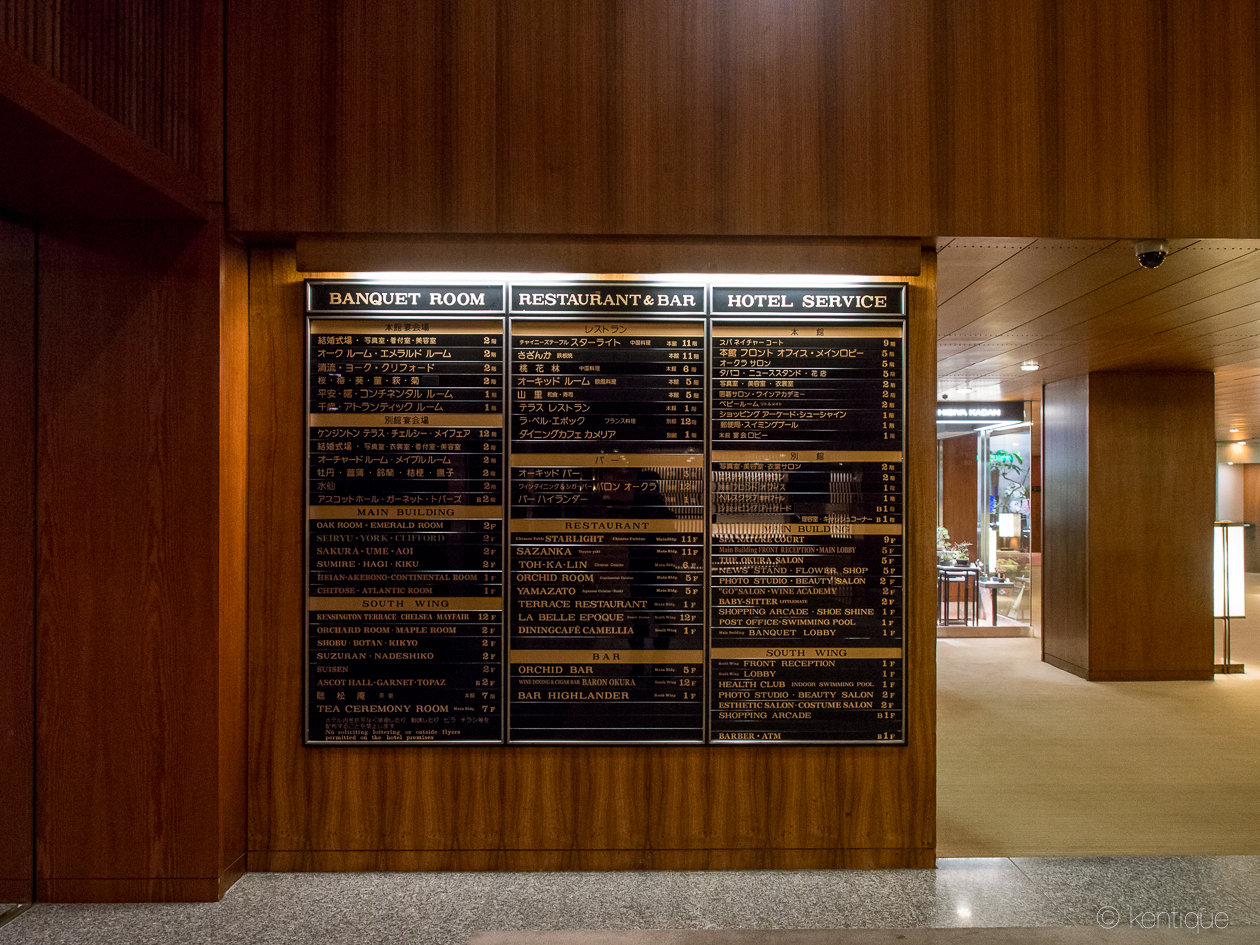
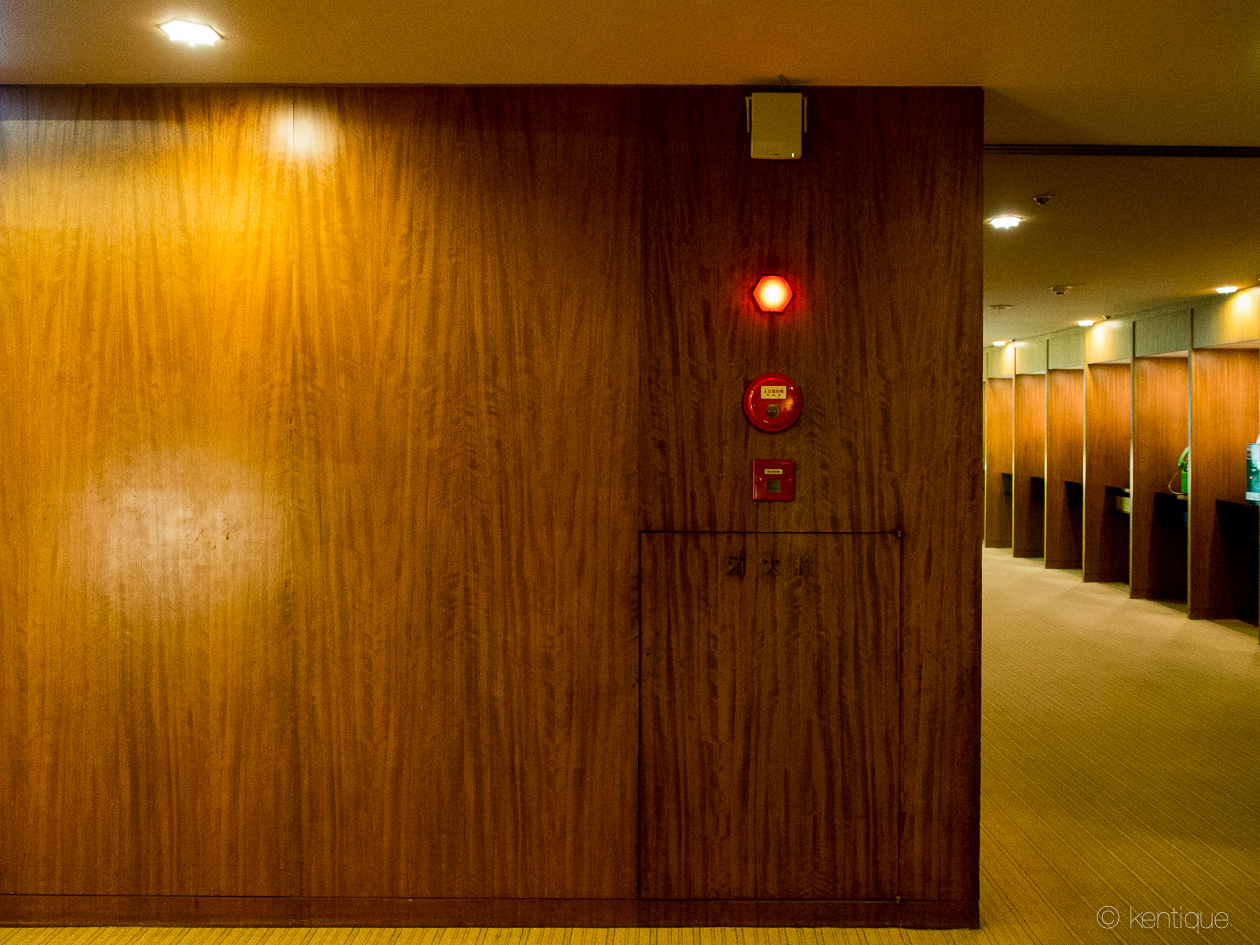
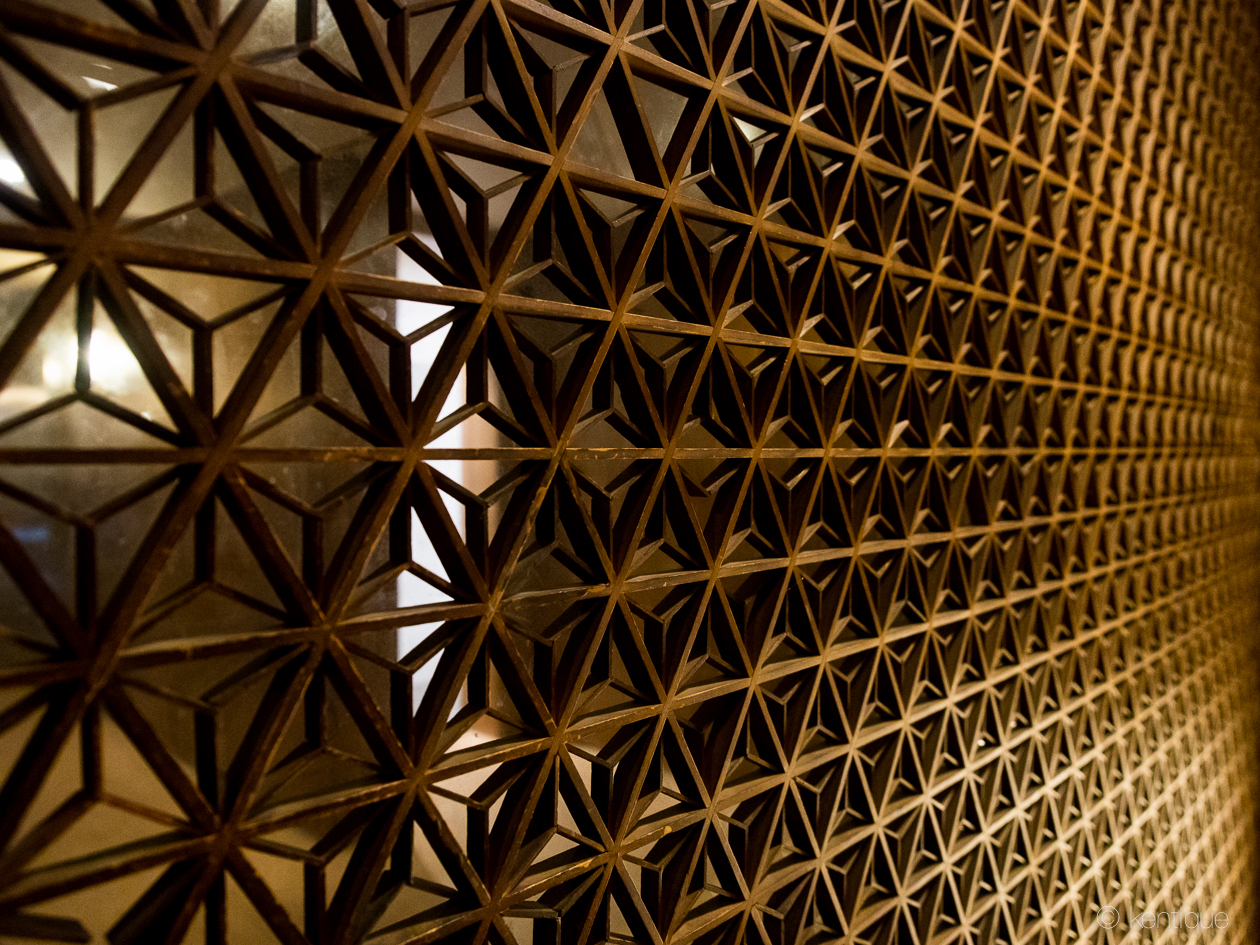
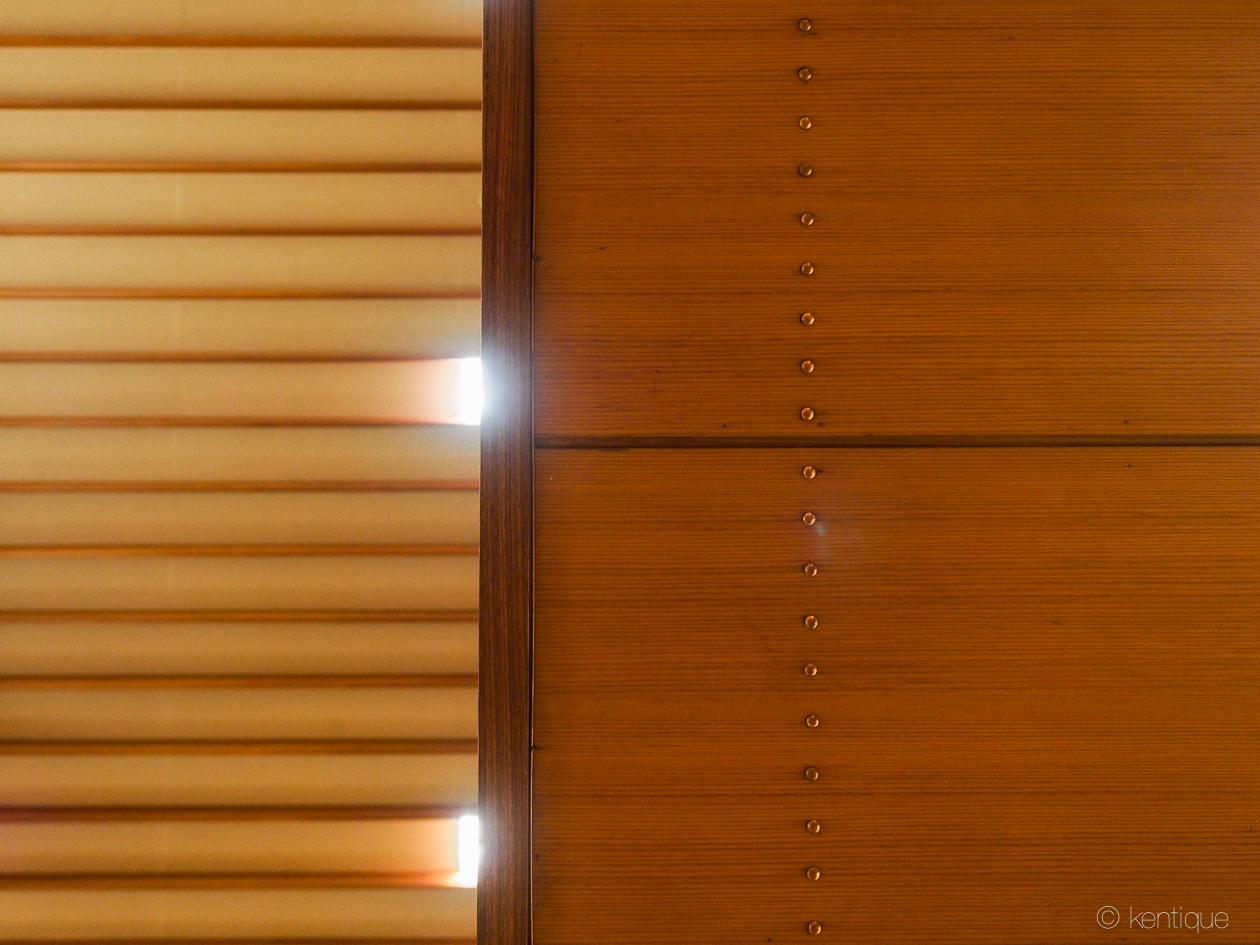
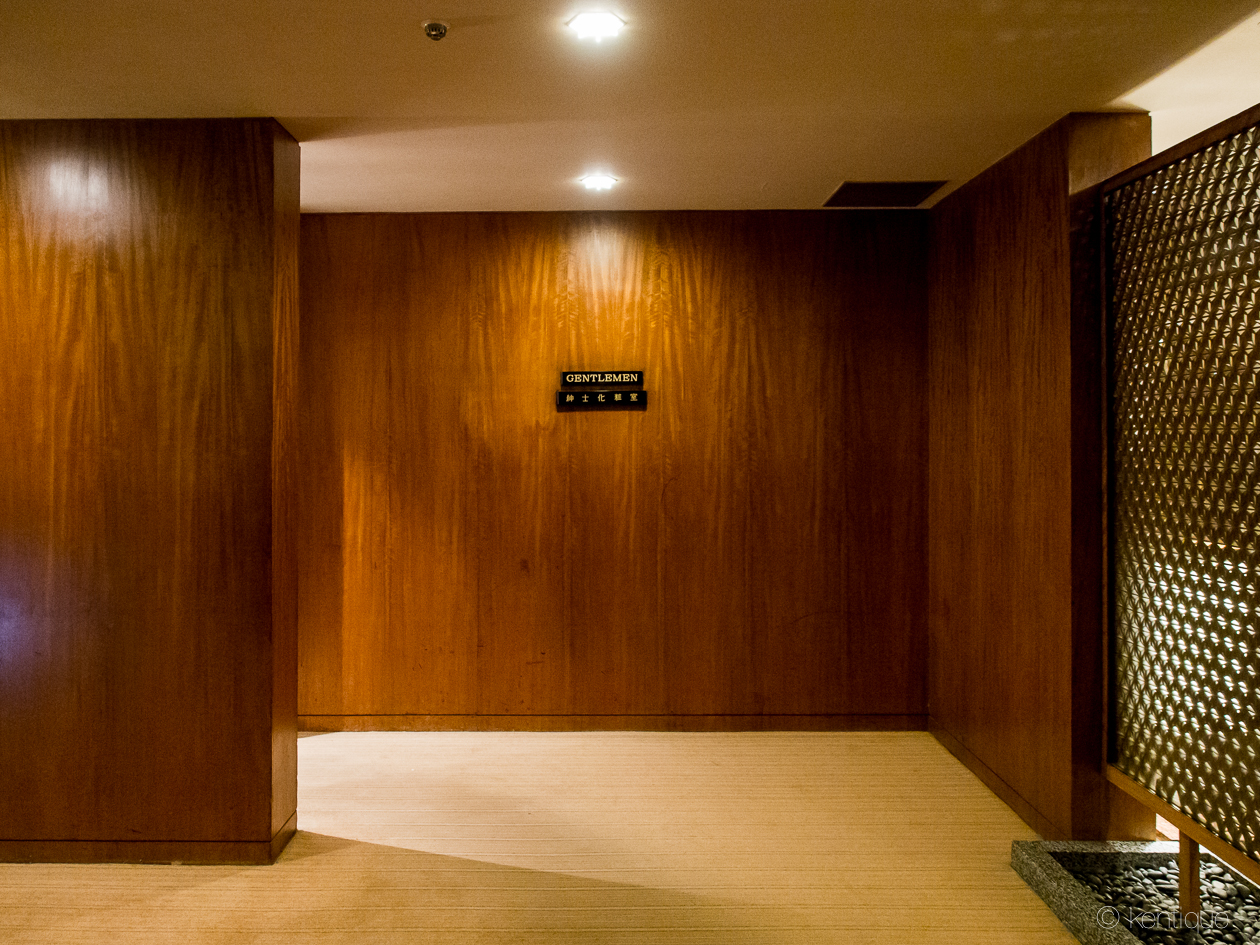
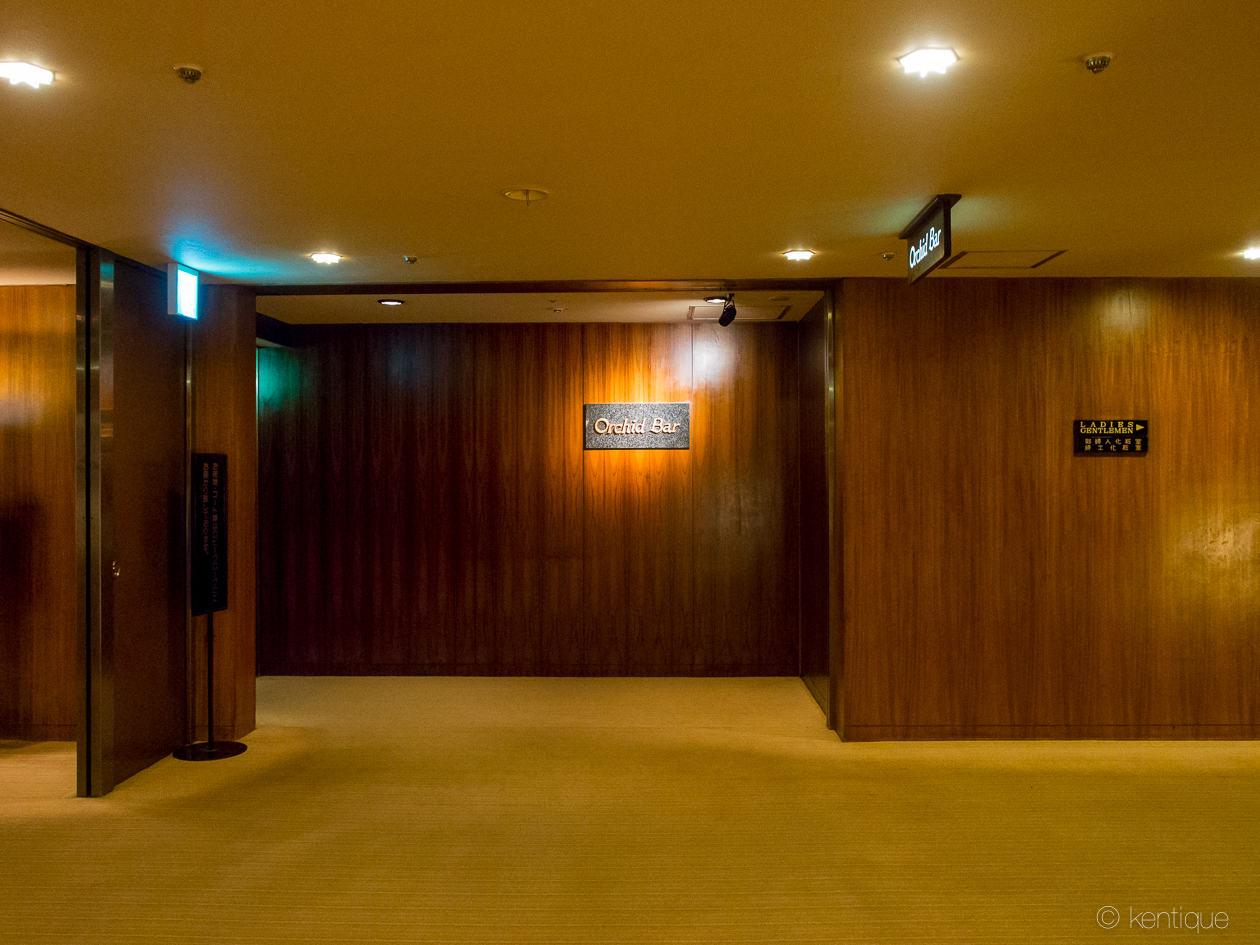
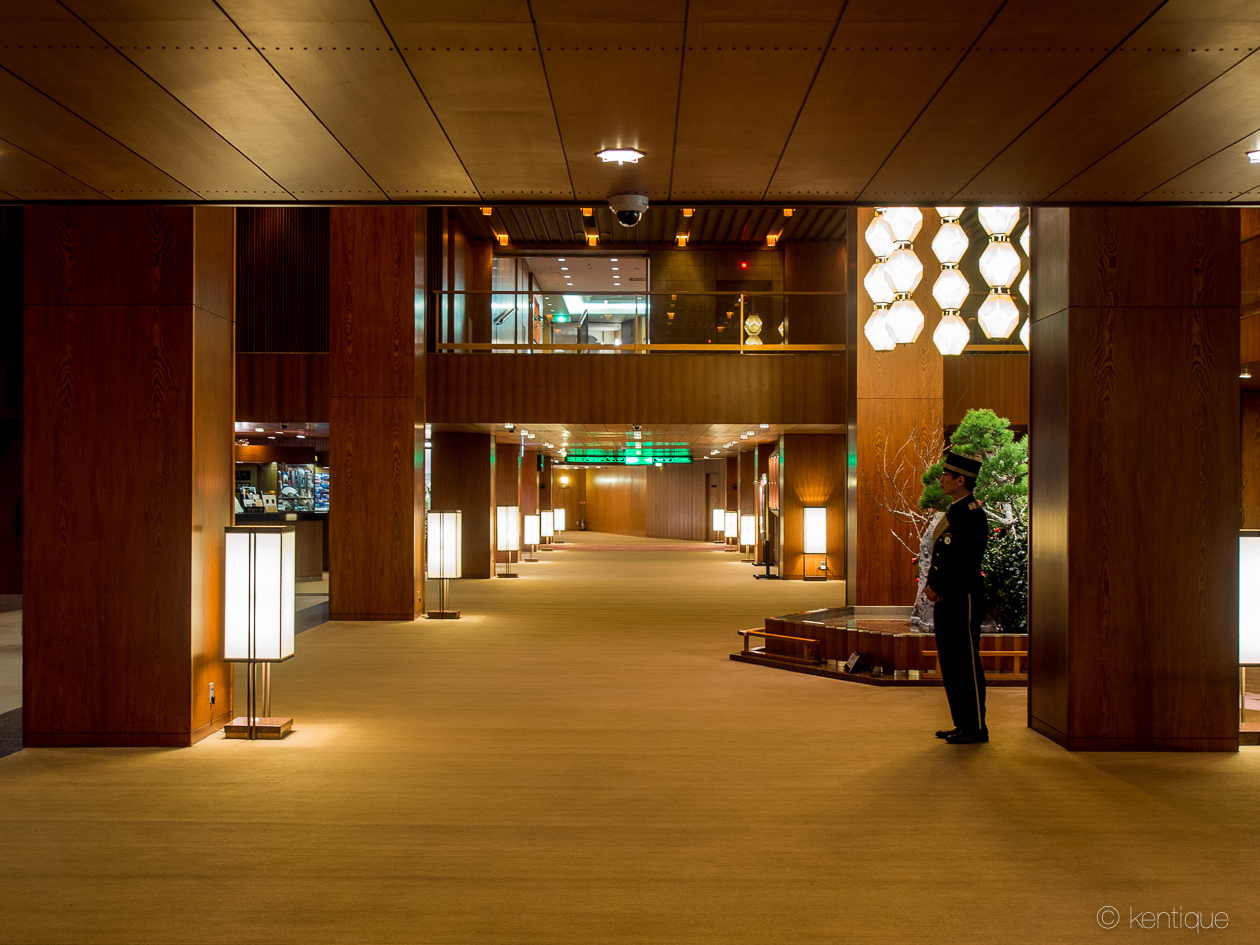
Would you not want to order a glass of old-fashioned (or whatever Japanese equivalent) and relax in this lounge, wearing a dress or suit? There was a sense of “place” and “experience” that can only be offered at the Okura:
The Design/Experience Value is Ever More Relevant Today
Hotel Okura | Architect: Yoshiro Taniguchi | Tokyo, Japan | 1962 | Photo: Taiyo Watanabe
It’s simply sophisticated: Thoroughly luxurious, yet quiet and subtle. It captures the zeitgeist, the classy spirit and atmosphere of the 60’s Tokyo. These kind of experiences are increasingly sought after especially in Tokyo where everything is new. Here, the Okura delivers this experience authentically, both through design and service: It felt as if the staff there mastered their movements and service to a tee. The atmosphere of the place seemed to be seamlessly matched with the level of refined service that can be expected from such a classy space. Okura’s decision to rebuild comes at a time when it’s longstanding values are being validated and celebrated again…
Not infidelity but, you know, classiness and such.
Seriously, why now? It was a symbol of refinement when it was originally built in the 60’s and it still shines strong today. Yet, all we see in the only rendering for the proposed renovated building is a vague and unoriginal looking glass tower. This image of the new Okura does not convince us of anything, in fact, it convinces us that the Okura management doesn’t really get the value of Okura because it’s…
An Exemplary Showcase of Japanese Design/Craft
(And its in Great Condition)
Hotel Okura | Architect: Yoshiro Taniguchi | Tokyo, Japan | 1962 | Photo: Taiyo Watanabe
Oftentimes, things that need to be rebuilt are in disrepair and its design, while admirable, may have lost relevance. The Okura, however, is in spectacular shape, packed with exotic materials and construction techniques at every turn – something that would be impossible today. What’s perhaps most interesting is that the design of the Okura does this in such a specifically Japanese way. Various rich textures applied to the spaces resonate with the contemporary Japanese environment; the cacophony of visual stimulation and coexistence within close and surprising adjacencies. The Okura takes that essence and refines it in such an elegant way. The modernism itself is of western influence, but the onslaught of materiality and textures are not of western envy. The Okura projects a strong definition of Japanese modernism of the era that is also in contrast to the white-minimalist approach (e.g. SANAA) seen in contemporary definitions.
Hotel Okura | Architect: Yoshiro Taniguchi | Tokyo, Japan | 1962 | Photo: Taiyo Watanabe
Market the Unique Before Eliminating Them
Hotel Okura | Architect: Yoshiro Taniguchi | Tokyo, Japan | 1962 | Photo: Kentaro Yamada
With such a strong identity, what Okura needs is not a re-fresh of its facade, but a marketing effort: Although its design relevance is important today as it was yesterday, Hotel Okura’s standing as a symbol of prominence has faded out of people’s memories. There are emerging institutions today that try to mimic the good old days and capture people who are looking for exactly this kind of experience from the past. Once the hotel is renovated into another “me too” glass tower, the value of the experience is really hard to understand for potential customers – because once you become a ubiquitous glass tower, it will become a mere listing next to the Hilton on Expedia, not an essential Tokyo experience.
Hotel Okura | Architect: Yoshiro Taniguchi | Tokyo, Japan | 1962 | Photo: Kentaro Yamada
Not many businesses, especially hotels, can claim to be both a revered institution and a historic landmark. The Okura was a strong statement to welcoming the world for the ’64 Tokyo Olympics, and it’s ever more relevant in light of the upcoming Tokyo 2020 Olympics. The decision to redevelop the Okura is not only damaging to Okura’s brand, but also to Japan which is often criticized for prioritizing pure economical gains over cultural heritage.
You can help by taking three seconds of your time to fill out the online petition at Monocle. If the Okura has intrigued you, I’ve listed some interesting articles from prominent entities such as Monocle, Tomas Maier (Bottega Veneta), and Margret Howell.
CLICK HERE FOR THE
⇨ ONLINE PETITION @MONOCLE ⇦
Links
Monocle Online Petition: [http://savetheokura.com/]
Casa Brutus Margret Howell Article: (Japanese): [http://casabrutus.com/architecture/4911]
Casa Brutus #MyMomentAtOkura Article: [http://casabrutus.com/architecture/4664]
The Advantage of Simplicity
The Advantage of Simplicity
Here, Clint Eastwood's character, the Man with No Name, kindly demonstrates to the bad guy that the pistol is more compact and thus agile in terms of quick draw against the rifle in Sergio Leone's For a Fistful of Dollars (1964). He also ends up shooting the bad guy in the process of demonstration; which is unfortunate, but also not because the bad guy was a pretty bad guy. So it all works out.
At its core, For a Fistful of Dollars is a typical hero story where the lone protagonist goes alone and outnumbered against a organized group of evildoers. While the bad guys have a bunch of henchmen and resources, the Man with No Name is only armed with his brain and skills. What's really fun is how he weaves in between the two ruling gangs and cleverly tricks them into inflict damages amongst themselves, coming in for the final sweep and killing the bad guy in the duel above. The entire story is about winning the battle not through brute force, but through a more agile and clever strategy.
The tactics and philosophy of the Man with No Name, is also rooted in a certain minimalism, a sense of light-footedness that allows the him to think on his feet to ever-changing circumstances, while having an central core that aspires to do good and make money. Acting alone with help from the villagers as necessary, he is also not tied to or bogged down by an organization. There is a certain sense of anarchical simplicity that draws you into the character, which is also the very characteristics that give him the very advantage he needs to take down the established and organized ruling gangs.
Reflecting on the Pop-up store
A Personal Post: Reflecting on the Pop-up Store
Pop-up store for the Third Sunday Market, which started in June for a four month run came to an conclusion for this year. Regardless of wether you purchased the straps or wallets or not, thank you for your interest. If you have purchased my items, thank you very much for the support and please contact me should you have any questions.
It was a great opportunity where I met exciting new people, and a great chance to directly interact with people who were interested in the design items.
I work day-to-day in an Architecture office. In the office and work, most of the people I interface are people in the field or related field of Architecture or design. I also went to a college where Architecture was the only field of study. While that experience and focused background has rooted me in proficiency and expertise in the field, I rarely get to meet people outside of my field, due to the nature of the business. Therefore, I especially value the interactions I had with all of you who were curious about the design here at kentique. I wish to feed this valuable experience back to continue to innovate the design products and the experience in the future.
It is one thing to be able to open a venue to introduce the design, but I was especially honored to be able to do so at the store I had deep admiration for, for the philosophy behind the store. Thank you for the kind people at Tortoise General Store who offered me this invaluable opportunity.
And definitely not the least, but thank you for the friends who have supported me.
Best Regards, Kentaro Yamada kentique design | Los Angeles, California 2014.10.27
Design of the Automatic Analog: The Olympus Mju / Stylus
Design of the Automatic Analog: The Olympus Mju / Stylus
Today is 9/21. My grandfather's name, was 921 Yamada. That's no typo; his first name was 921, which in Japanese sounded similar to "No.1 in the Country (Kuni-ichi)." I'm conflicted that my grandfather has a interesting yet Borat-esque name. He used a lot of cameras, and always researched about the best cameras. He was also blind, caused by a bullet penetrating his leg during the second world war. I actually don't know how that really makes sense, but apparently he was able to see photographs at a close range although he couldn't generally see. When I was a small child, he gave me the Olympus Mju (Pronounced "Mew", and called the "Stylus" in the States). I did not think much of it then, but I easily carried this camera in my pocket everywhere I went.
The camera is made of plastic, and it does not have a zoom. The camera is turned on by sliding the front cover open, and all you had to do was press the shutter button. As a kid I was amazed by the cleverness of the design, and how the design, the curves worked with how the camera was supposed to be used. It had a fixed focal length of 35mm, which was a very sharp lens. This camera was so useful as a everyday camera, and it took the beatings associated with that of being in a pocket of a late-elementary/middleschooler all the time. Back then I didn't have the appreciation of this camera as I do now, but I was surprised how durable it was despite being a plastic point and shoot. Its rewinding mechanism broke down after all the years of shooting, and after getting into SLR' in high school and going into Architecture, I forgot about the camera, and it was stored in the damp, humid storage of my parents house in Japan for almost 10 years.
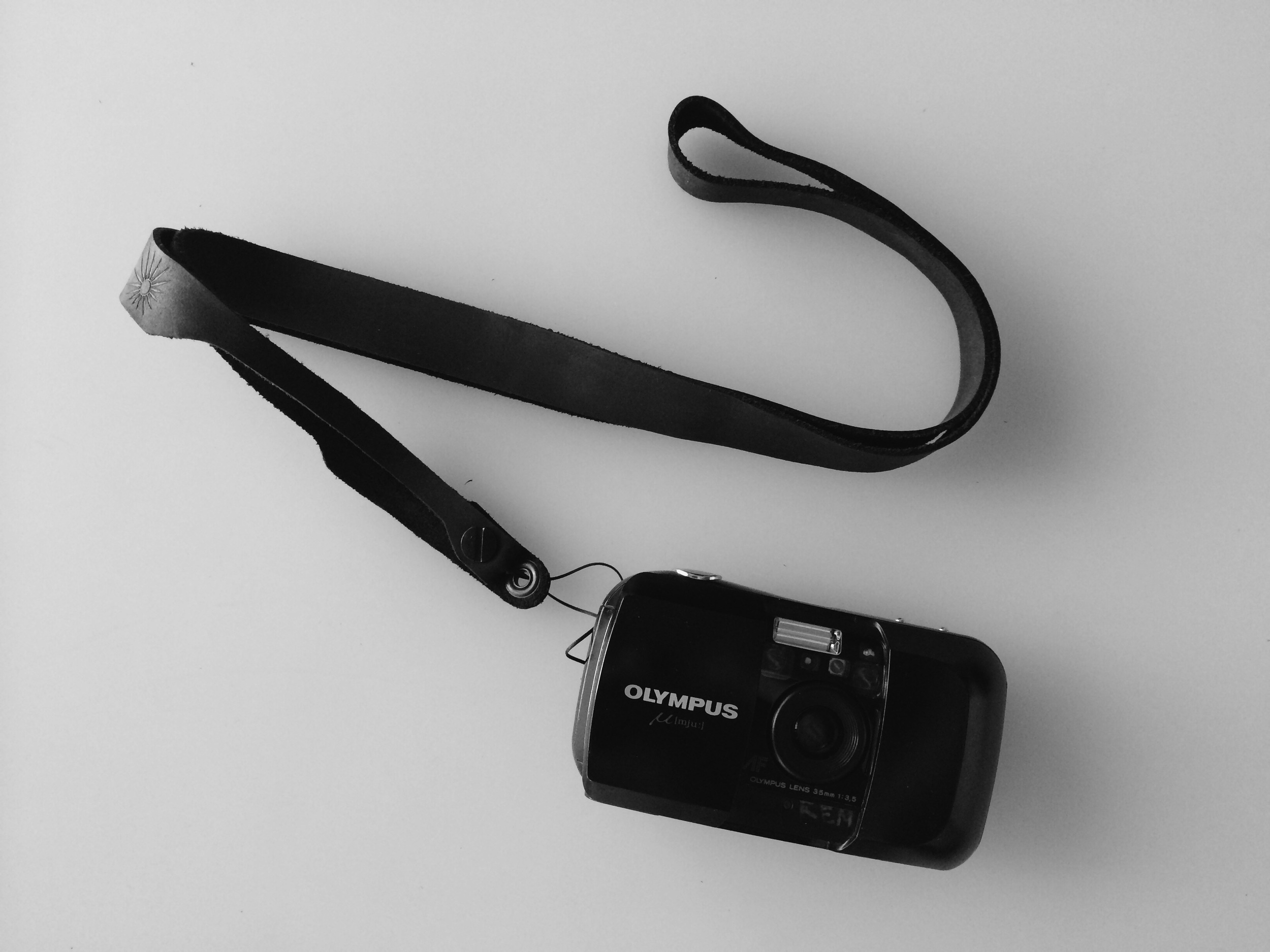
Recently, film photography has attracted some new attention, and I remembered about this camera. I assumed that since it has been sitting for 10 years, it must have rotted out but that I would still keep it around as a keepsake of my grandfather (My parents house is particularly humid during the summer, to a point where a book would curl up in few hours) Much to my surprise, the camera worked (The battery was inside for more than 10 years too), and the rewind mechanism was able to be repaired relatively affordably. There was a bit of fungus growth in the lens, but it did not affect the photos.
Looking at the camera today, it is a delightfully 90's Japanese design - reminiscent of the Mazda Miata, the culture of compact "fun" innovation- the care the designer took to integrate the use into the hand-friendly form has left a lasting legacy, where I enjoy taking this camera in my pocket today, even with a great camera already included in the iPhone. Also, the lens is very sharp and the quality of the photo it produces is very nice.
The use of plastic to achieve the rounded form and the lightweight, resilient camera is very appropriate for the intended use of this camera. Looking back now, the use of plastic and its better resiliency over metal is probably what had this camera survive my use when I was a child. The use of traditionally non-premium materials such as plastic does not automatically make a design cheap - the criticality and honesty with the design and materiality is what brings the value into the design.
[nggallery id=21]
Design Value of an Outdated Device: The Lumix L1
Design Value of an Outdated Device: The Lumix L1
A design of an tool or equipment can add a long-term value to something that would have fleeting value otherwise. Digital devices evolve at such a tremendous speed these days, that it is standard for models to be replaced through an yearly cycle. We have seen rapid evolution and changes in the iphone since it was originally released 6 years ago. It's no longer the case where we have heirloom devices that are used for decades and then passed on to generations.
The Lumix L1 is an outdated digital camera from 2006. At 7.5megapixels, you can say that the iPhone would have a better sensor and a faster focus. But the L1 has developed a cult following, despite being big and hopelessly outdated: It is a unique camera, where it allowed for a flat brutalist geometry unlike a traditional DSLR through a side swinging mirror, and its large metal body features many control dials allowing for an analogue ergonomics in a digital camera. The L1, even if big and bulky, feels great to hold.
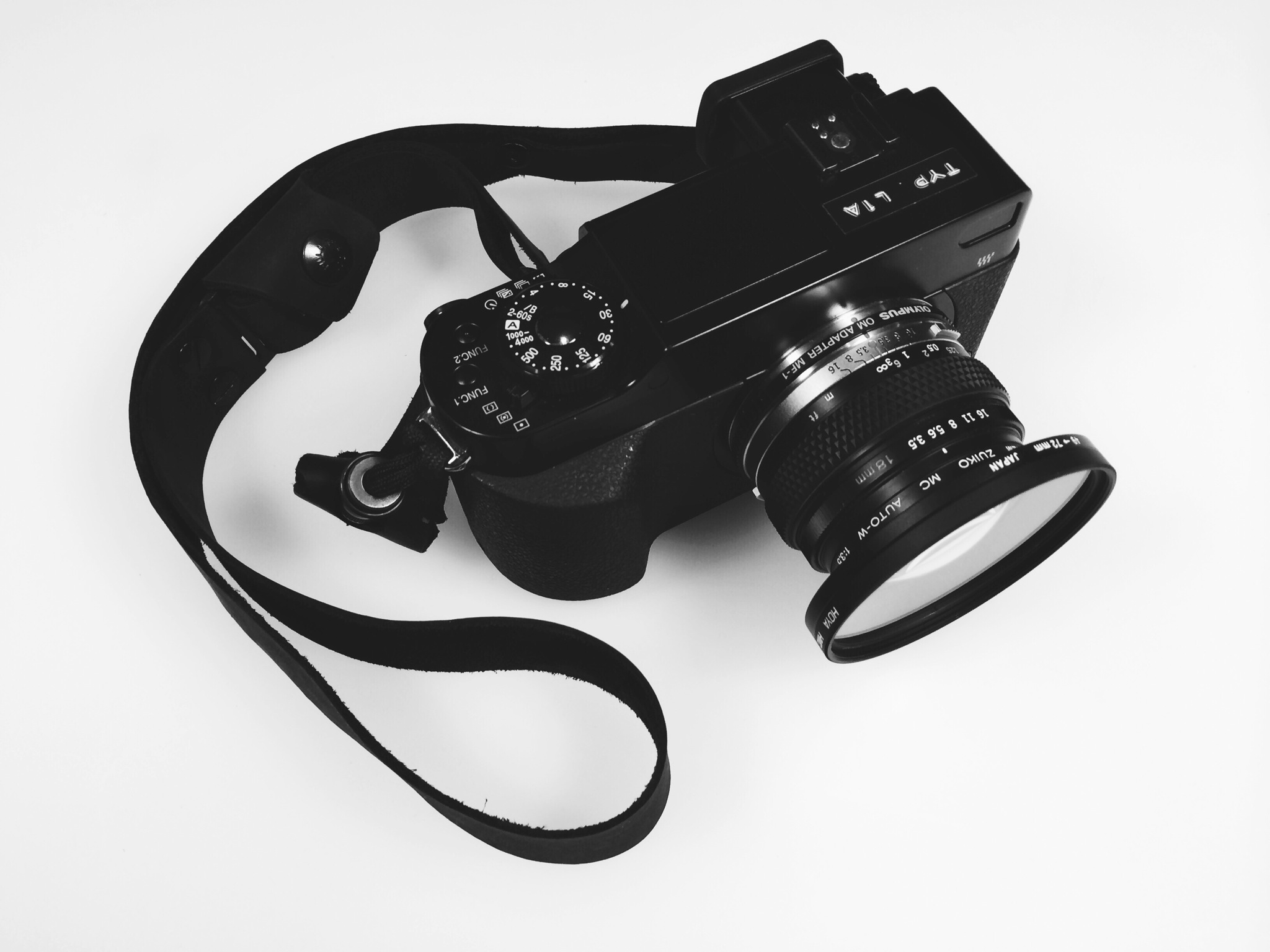
I like the brutalist geometry and the solid feel of this camera; its design and feel makes me want to carry it with me. Even though it is outdated as a digital camera, the design, build, and the analogue control alone retains an experience value that holds stronger than the latest technological advancement that is surpassed every year.
Design has the potential to inspire and elevate the experience in the long-term, perhaps even after the functional aspect of the object has been depleted. I am sure that the L1 above would be, to me, a beautiful object to have around long after it has been used up and broken. This is true of buildings and landmarks; For example, the parthenon is no longer used for its original function, but its surviving design is a testament to the history and the culture of the location - the investment put into the design and construction in its time has been continuing to give back not only to the local culture and identity, but as a heritage of the world.
[nggallery id=20]
Update 2014.9.15: Seems like Panasonic has gone back to this design from 8 years ago, and released an serious compact camera that continues the styling language of the L1 in a more compact package! Check out the Lumix LX100
Kansai International Airport by Renzo Piano
Kansai International Airport by Renzo Piano
The Kansai International Airport opened exactly twenty years ago on September 4th, 1994. As a 8 year old, I was really excited about its design. It is still one of my top favorite buildings due to the integration of air circulation and light distribution into the sculptural form in the ceiling. This Architecture has heavily influenced my ideals toward architecture and design philosophy.
[nggallery id=16]
THE CULTURE(S) OF POST-RECESSION ECONOMY
THE CULTURE(S) OF POST-RECESSION ECONOMY: Is the US eating the same way as Japan in the 90's?
Some aspects of Japanese culture we thought of as strange in the 90's are deeply routed in American culture today. Here are three of those quirks, and my unscientific guess as to why it happened.
It is widely accepted today that Japan has lost its steam and edge in innovation and leadership. There is an overarching pessimism and risk-averse dynamic, a prolonged cultural depression despite the nation full of talent, valuable skills and potential. If the Japan in the 80's was when it was making wild and bold propositions, the 90's was when Japan suddenly went limp and made it super awkward for everyone involved, avoiding the subject and trying to have small talk to pass the time for the next 25 years.
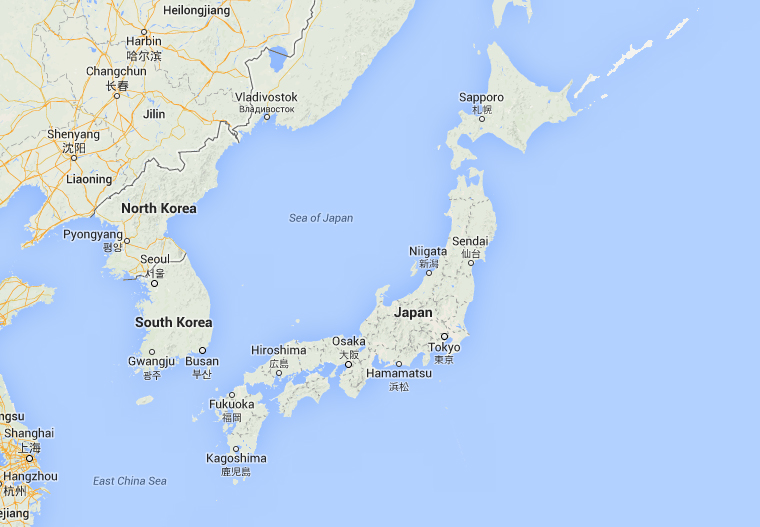
Growing up in late 90's San Francisco, there were a lot of strange quirks in Japanese culture when compared to the American culture then. At the time, I thought these were rooted in the cultural background. Today, I see similar dynamics at work in the forefront of American culture, which makes me wonder if in fact the phenomena of quirks in Japanese society in the 90's was a product of Japanese culture, or a inherent reactionary culture born from the recession. Here are the three quirks I noticed:
Quirk 1: Nice Little Things
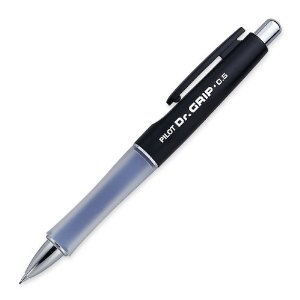
Today, we have a proliferation of well-made and packaged design items that are celebrated and sought-after in the US. There is an renewed interest and increased expectation in craft, quality and thoughtfulness in the product. In the 90's this was not the case - design and craft was not much of a priority. People may have cared for having a good car - but most people could care less the quality of their stationary and general everyday goods. I remember the contrast between the Japanese mechanical pencils and the american ones - the Japanese ones were noted for its quality and thoughtfulness, where the US goods were relatively indifferent of the design and thoughtfulness for everyday things - this is not a criticism of American manufacturing, but merely pointing out different priorities of the time: The US simply didn't give a shit as long as it worked. The pen "just needed to work", and "if it ain't broke, dont fix it" was very much the mainstream mentality. Even apple computers in those days were beige plastic machines. Today, you would be able to find a more design-conscious water bottle stocked in a Seven Eleven.
Quirk 2: Lining Up for Food
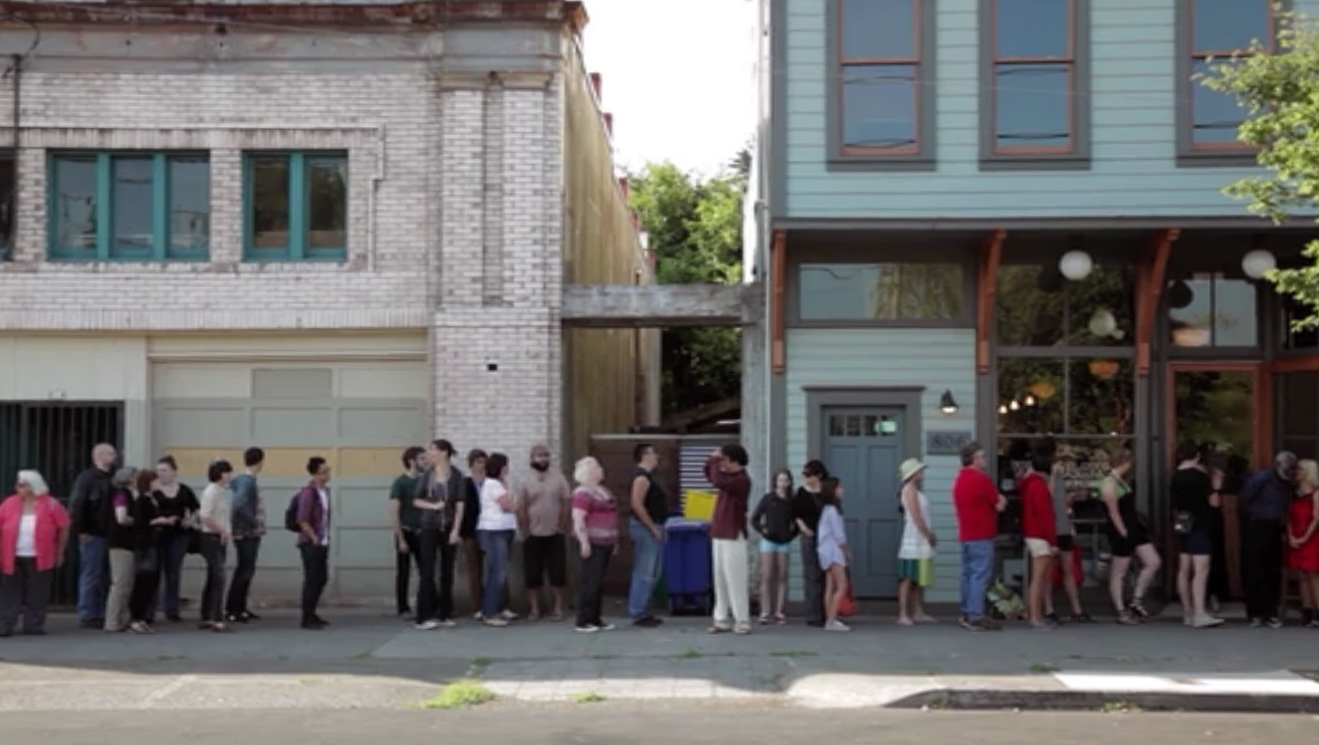
Today, we have foodies, and famous eateries with crafted food that people rave about and line up for in the US. Similar to the expensive little things above, there is a newfound interest in eating gourmet food, even if it is a little more expensive. In the 90's there was good food too, but perhaps peoples interest and food culture was nowhere near the interest we have today, where lining up and waiting in long lines for (what is supposed to be)good, unique food is part of the food culture. We heard about people lining around the block for ramen in Tokyo, and we laughed it off then. Portlandia has an episode Brunchtown about a expensive and trendy brunch place that has a line so ridiculously long that there are security guards and shantytowns that encompass the line, while nobody gives two pebble-sized shits about an adjacent diner with cheaper food. Obviously the comedy show exaggerates the phenomena, but nevertheless it is an commentary on society's new attitude towards food. Today, there is no difficult finding a 15 dollar burger joint which has gourmet flavoring and intricate craftsmanship if you are in an urban area.
Quirk 3: #Trending Everything to Death

Oh god, we just can't stop hearing about zombie-themed everything, or our guilty-but-cute-teehee infatuation of everything bacon, or our general embrace of the nerd culture. There are zombie and vampire tv shows and movies that copy each other. There are zombie-related cars and car commercials. There are zombie-related food. Bacon is available with anything imaginable. Its now cool for everyone to like sci-fi stuff. There are oversweeping trends that take off from the internet and become plastered on everything commercial. In the 90's we didn't understand Japan and its trends that tend to overrun everybody - fads took over society in a way that would scare us in the US. We had trends then, but not to a magnitude of Japan where it took over everything, like Pokemon. Today, trends and memes in the US not only have a widespread influence transcending different age and social groups, but also heavily commercialized.
Conclusion: What Happened?
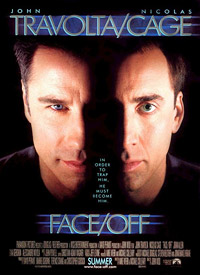
In a strange and unpredictable way, there was a shift in the values at the forefront of American culture in the 2010's, that resembled traits of Japanese culture in the 90's. There were, admittedly, certain level of importation of Japanese values into American culture via silicon valley and increased speed and magnitude of cultural exchange with the advancement of the internet. However, I had thought that these traits were inherently rooted in Japanese culture: The dense and mono-cultural background with its resource-strained archipelago context contributed to the focus on small thought out items and food, the widespread proliferation of trends. Simple influence alone is difficult to overcome the physical context in which the culture is formed.
My unscientific guess is that this is an economic effect - both periods were post-recession years- Japan in the late 80's and US (and the world) in 2009. The consumer values and habits have shifted since the recession, which I believes shape the quirks listed above. With an insecurity about the future in economy, people step back and avoid large and risky investments, like buildings and large scale projects. Yet, at a personal level, many of us still want to have little niceties and indulgences - we naturally scale back our desires. This turns people's eyes toward smaller stuff- like an occasional nice food instead of buying a car, or buying a nice one-of-a-kind pen to treat yourself. See how everybody became all about nicely designed smartphones and less about cars the last 5 years?
If consumers are changing their purchasing habits, producers also try to avoid risk- by latching on to existing trends instead of forging new ones. As the trend grows, more and more companies try to cash in on it. There is a certain economy to joining in the market - Statistically, its better to open a donut store in an area full of donut store, instead of opening a sandwich store in the area. Everybody's there to get donuts, not sandwiches.
That's my observation and guess: 90's Japan was the hipster of recession economy, and like real hipsters, thats nothing to brag about.
Field Test: TYPE 34X - Wrist Module
Field Test: TYPE 34X - Wrist Module
Steve King of Steve King Architectual Imaging sent us a photo of the test module in use at Nancy Holt's Sun Tunnels, a site specific sculpture in Utah. The development of the Type 34X is nearing its completion. More soon.
Sunday Market at TGS in Venice, CA
 [lang_en]Third Sunday: Pop up at TGS in Venice, CA[/lang_en]
[lang_en]Third Sunday: Pop up at TGS in Venice, CA[/lang_en]
[lang_ja]第三日曜:ロスのトータス•ジェネラル•ストアにてポップアップストア[/lang_ja]
[lang_en]
UPDATE 10/13: This sunday, 10.19 is the FINAL pop up store this year! Hope to see you there!
UPDATE 8/16: kentique design will be having a pop up store every third sunday at the Tortoise General Store from June until October of 2014. Please stop by! Tortoise General Store 1208 Abbot Kinney Blvd, Venice, CA 90291 Third Sunday Market: Third Sunday of the month from 12 noon to 17:00 PST. Dates are listed below:
6.15 - [done] 7.20 - [done] 8.17 - [done] 9.21 - [done] 10.19 [done - final]
kentique design will be having its first pop-up store this Sunday, june 15th at the Tortoise General Store in Venice California, from 12:00 to 17:00. Please stop by if you are in the area! I am honored to be invited by Tortoise General Store. I have always admired their concept and culture critical of the fast-paced disposable society with a lifestyle that is conscious and observant of the detail and products with longer life and enjoyable use. kentique design have almost identical values driving the design, and that is why I am so thrilled to have such an opportunity with TGS. TGS is also featured in Kinfolk Magazine, well known in the design community. Our booth will include the Type 34 Camera Straps both in Black and Brown, Type 21 Compact Camera Strap, and the Type A Bifold Wallet both in Black and Natural Brown. [/lang_en] [lang_ja]追記 10/13:今週の日曜日、10月19日は今年最後のポップアップです。是非お越し下さいませ。追記8/16:kentique design は2014年6月から10月まで、第三日曜にTGSにて開催される「Third Sunday Market」に参加します。チャンスがあれば是非お越し下さい。 トータス•ジェネラル•ストア 1208 Abbot Kinney Blvd, Venice, CA 90291 Third Sunday Market:毎月第三日曜、正午12:00時から17:00時まで開催。日程は以下の通り:
6月15日 - [終了] 7月20日 - [終了] 8月17日 - [終了] 9月21日- [] 10月19日[終了ー最終]
ロサンゼルスの海岸沿いの町、ベニスのトータス•ジェネラル•ストア(以下TGS)にて、今週の日曜日、6月15日、12時から17時の間にkentique design初のポップアップストアを開催致します。ぜひお越し下さい。 TGSは、忙しさが増す社会に対して、ゆっくりとひとときを味わうライフスタイル、それにともなう長く愛用出来るものをコンセプトにしているので、kentique design のコンセプトに共鳴するところがあるのでこの度はこのような機会を頂いた事を光栄に思ってます。 TGSは世界中のクリエイターなどの間で有名なKinfolk Magazineにもとり上げられております。 ブースには、34式カメラストラップ(黒と茶)、21式コンパクトカメラストラップ(黒)、そしてA型折財布(ク黒と自然茶)を用意しております。[/lang_en]
Pre-Opening at Campus WU
[lang_en]Pre-Opening at Campus WU[/lang_en]
[lang_ja]ウイーン経済大学のプレオープンにて[/lang_ja]
[lang_en]Right after graduating SCI-Arc(Southern California Institute of Architecture) in 2009, I was privileged to have worked at the Los Angeles office of Atelier Hitoshi Abe. For two years, I worked on the Campus WU project in Vienna, Austria, among other projects at the office. The building completed in Fall of 2013, and here are some photographs from the pre-opening. To be inside a physical space that I took part in shaping is fulfilling to say the least. It is at times difficult to discern the true "worth" of the work when the physical implementations is years away. I was glad to have experienced the finish building, as I felt that all that work was, after all, worth it.[/lang_en]
[lang_ja]2009年にサイアーク(南カリフォルニア建築大学)を卒業した直後、安倍仁史アトリエのロス事務所で働く機会を頂きました。2年間、オーストリアのウイーンにある、ウイーン経済大学の建物のプロジェクトチームに居ました。建物は2013年の秋に完成、以下はプリオープニングを参加した際の写真です。自分が携わった空間を体験出来るという事は、何とも言えない達成感があります。長いデザインの過程の中で、完成された建物が何年先かの場合、時たま自分のやってる業務の実感がつかめなかったりする時もあります。今回は完成した建物の中を歩いて、自分の仕事の価値と言う物を改めて体感しました。[/lang_ja]
[nggallery id=13]
Which Camera You Should Get
Which Camera You Should Get
Although I'm not a pro photographer by any means, often times my friends ask me what camera they should buy. Usually, the person wants to get into photography or have a camera better than the iphone. So here are the (mainly nontechnical) criteria that I find are important in choosing a camera for a hobbyist - I won't get into the technicalities, but will provide links that can help.
The iPhone is a great camera
So before deciding on which camera, theres the question of "do you need a camera?" The camera and lens on the iPhone is pretty good. Its something people usually carry, and its simple to use and share. What it does not provide so much, are detailed controls. If you want to control or play around with various photographic elements, you need to use high-end compacts with robust build and controls, or interchangeable lens cameras like DSLRs and Mirrorless cameras.
Shop for the lens, not the camera
The lens(and the lens system) is the single most important aspect of gear in making the image. The best XX megapixel camera may be outdated in a matter of few years, but you will keep a good lens to use with your next body. This should be a matter of quality over quantity. Take the time to understand how a lens affects the final image. You should look for lenses, within your budget, that are sharp across the field (low quality lenses may be sharp at the center but very soft in the corners), and low distortion (some lenses have distortion that cant be corrected with softwares and detract from the image). Thankfully there are many consumer reviews today that can tell you if the lens is high quality or not.
My Preference: Prime(non-zoom) lenses are usually better quality than zooms, and offer more opportunities to learn about the photographic controls.
Go for the camera body that feels right
Personally, I feel the most important aspect of a camera body is that you feel good holding it, and want to take it with you. Most of the available cameras already have great technology. The newest and greatest camera bodies offer tremendous advancements in technology and resolution - if you like it and can afford it, great- go for it. However, because digital cameras are outdated fast, previous models can be bought for cheap - and usually great. In the long run, whatever the newest technology will be outdated and the difference will be marginal. Its essential to go to an camera store and try out the camera and lens combination in hand before making the final decision.
My Preference: Mirrorless Micro Four Thirds such as the Olympus Pen series are compact, fun and great for carrying around, while offering great lenses. My preferred combination is Olympus OM-D with a Panasonic 20mm 1.7 Pancake Lens - I usually take it everywhere with me.
Anecdote: Technology vs. Sensibility When I was looking for a dslr in 2005, the hype was 8 megapixel consumer dslrs. At that time, I noticed that a outdated 5 megapixel pro-model dslr with much more robust controls was available on sale for around the same price. I liked the feel of the pro model, and I liked the photos it produced. The salesperson made a big deal about how illogical my choice was, since for the same price I was opting for an obsolete model over the latest. 8 years later, nobody cares about the difference between 8 and 5 megapixels in the age of 16-20 megapixel standards, and I was able to take a lot of photos and have fun because I liked taking the camera along with me.
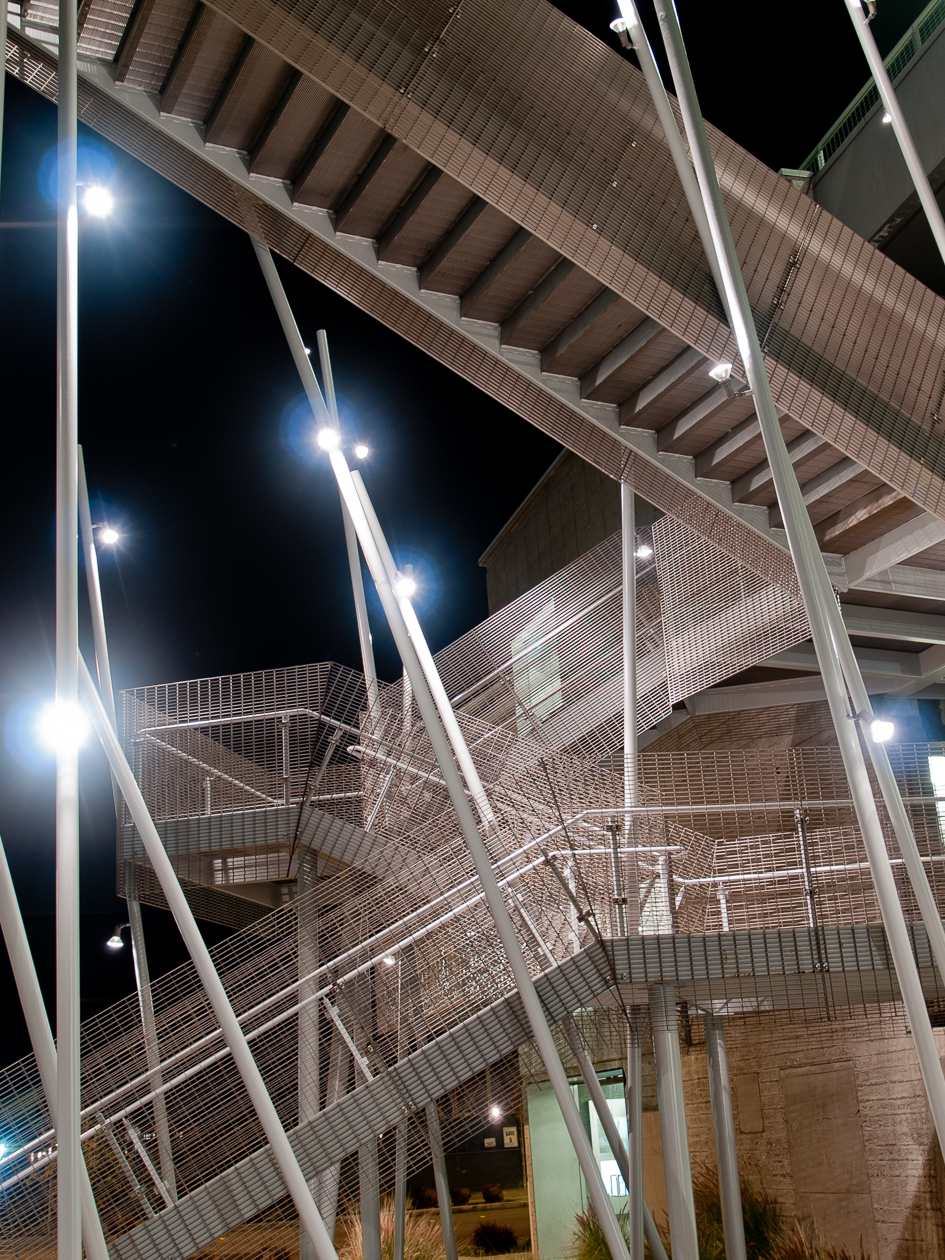
Design Update: Type 34 Model 2
[lang_en]Type 34 Strap design updates[/lang_en][lang_ja]34式ストラップのデザインを変更しました[/lang_ja]
[lang_en]Type 34 Camera strap has been superseded by model 2, which features refined improvements resulting feedback from users. Click "Read" to read on:[/lang_en]
[lang_ja]お客様からの意見を取り入れ、34式ストラップの後継モデル、「二型」にデザイン変更を加えました。「続きを読む」をクリックすると詳細が記されています。[/lang_ja]
[lang_en]
- The blackened hardware is now processed in an professional facility, resulting in a stronger and consistent black finish.
- A stronger frail-resistant edge finish that retains the comfort and crisp edge of the previous model.
- Added protector at the lugs to prevent the hardware from contacting the camera body.
- Improved hardware pattern can now accomodate both classic lugs and slotted lugs.
- Screws have been added loc-tite fastener glue for extra security.
- Split ring attachment to the camera is now also black
But the most interesting adjustment is the sizing. Previously, the camera strap was offered as a custom tailored length only to find out that almost everyone ordered the same or very similar length - 108mm. There were few, taller/bigger people who wanted the strap to be longer, but also around the same size of 116mm. I have decided to offer model 2 in the standard "Standard" 108mm length, as well as the "Extra Length" 116mm to simplify the order process.
Click Here for the Type34 M2 Strap[/lang_en]
[lang_ja]
- 外注の黒染め金具を使用することにより、仕上がりの質と耐久性を向上しました
- 革のエッジ加工をすることにより、シャープで心地よいエッジを残しつつ、革がほつれにくいようにしました。
- カメラと金具が接触しない様にプロテクターを加えました
- 新しい金具パターンを使用することで、カメラのスロット式とクラシック式金具、両方に使えるようになりました。
- 金具にファスナーのりを付け足すことで、金具が外れにくくなりました。
- カメラに装着するリング金具も黒に仕上げました。
興味深いのは、長さの設定の仕方です。以前、34式ストラップはカスタムの長さで作っていましたが、すべての注文がほぼ108mmという長さでした。中には背の高い方や大柄の方で116mmの長さを希望する人も見られました。これにより、「二型」のストラップは標準サイズの長さ108mmとロングロングサイズの長さ116mmの二つにしぼることにより、簡単にオーダー出来る様にしました。
34式2型ストラップはこちらをクリック[/lang_ja]
Blackened Hardware
[lang_en]Blackened Hardware[/lang_en][lang_ja]黒錆の金具[/lang_ja]
[lang_en]Recently, I went to a facility that will be blackening the hardware for the Type 34 camera strap. Until now, I have been blackening the hardwares myself with chemicals, which took a lot of time and not all the hardware was useable. Why do I demand this custom blackened finish over the commonly available black-nickel plated hardwares? Here I will briefly explain my fascination with this particular finish. Click the button to read on. [/lang_en][lang_ja]最近、34式カメラストラップの金具を黒く染める工場に行ってきました。今までは自分の家でやっていたのですが、個人がやるのでは効率が悪く、加工したうち使えない金具も少しありました。今回はよくある黒メッキ加工の金具ではなく、この黒染め加工になぜこだわるのか、説明したいと思います。[/lang_ja]
[lang_en]This finish is called "black oxide", and it is commonly used for hardwares and guns. The chemical process makes a thin oxidized layer on the surface of the metal. This adds corrosion resistance while finishing the hardware black. Unlike paint or plating, this process also adds only about a micrometer of thickness, which makes it ideal for screws and firearms which require precise fit and movement. It can be done in batches, and is an economical and efficient in terms of production.
While the logic and efficiency makes sense, my love of blackened metal comes from the way it wears. It offers a matte black finish that is deeply ingrained in the metal itself, and when it gets worn overtime, it does not peel or chip off like paint - it wears in a nice way like how a nice worn pair of jeans wears. This is why I use blacken my stainless steel parts for my Camera Strap - It wears nicely, and the stainless base metal will not corrode even if worn.
A lot of what we own today is nice and shiny when new, but as it gets damaged and worn through use, it starts losing its appeal- and we quickly replace it with the next new and shiny thing. I would like to provide longevity for my products, in the sense that the damage and wear through using the products adds the depth and character to the item, not only encouraging the use but prolonging the value overtime.[/lang_en]
[lang_ja]この加工は黒錆加工といい、ビスや銃の加工によく使われます。この加工は、薬品を使い鉄の表面を酸化させることにより、鉄がさらに酸化しないように保護します。プレートやペンキとは違い、加工の膜が1ミクロメートルほどしか生じないので、ビスや銃など動くパーツに使われます。液体を使い、一度に大量の加工が出来るので、効率がよく、経済的なプロセスです。
理屈はかなっているこの黒染め加工ですが、心に響くのはその仕上がりと剥げ方です。鉄を黒く塗るのではなく、染める加工なので、ペンキみたいに割れたり剥がれたりするのではなく、かっこ良くすり減っていきます。ステンレスにこの加工を施すと、鉄の下地が現れてきても錆びません。
最近の商品は新しいうちはピカピカでも、使っていくうちに傷やすり減り具合がかっこわるく、じきに新しいものを欲するようになります。自分が作る商品やデザインは、使ってすり減ったり、傷が付いていくほど味が出てきてかっこ良くなる物を作りたいと思っています。そうすることによって、長く、楽しく愛用出来るデザインを提供したいと思います。[/lang_ja]
Introducing the Type 34 "Clint" Offset Camera Strap
Introducing the Type 34 "Clint" Offset Camera Strap
I wanted a nice camera strap to securely hold my elegant Olympus OM-1 Camera, which was handed down by my father. I couldn't find a strap I liked, so I started building iterations of camera straps of my own design. I aimed to strike the best balance of comfort and low-profile, reducing seams that can potentially snag. Personally, I only need to adjust the length of a camera strap once when I first put it on the camera, but was always annoyed by the extra bulk of the adjusting mechanism throughout the use. I eliminated the adjustable slide, and made the strap length to my liking from the get-go. Therefore, the Type 34 is available tailor-made to your liking.
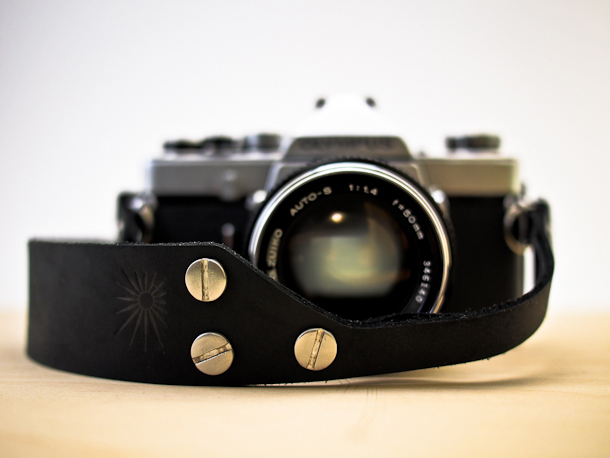
I wanted to make sure that the strap will not drop my camera- and chose durable, corrosion-free hardware traditionally used for architectural application, finished with a tactical black coating used for firearms. I always believed that objects should reveal its charachter the more it is used, which encourages things to be actually used for a long time.
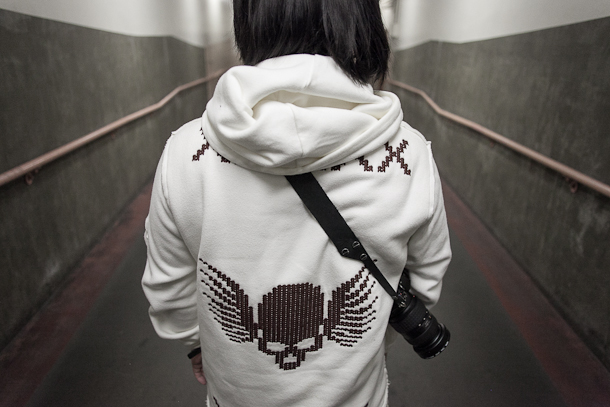
[Click Here for the Type 34 "Clint" Page]
Something new coming soon...
Something new coming soon...
I am currently working hard to bring something new. Please check back soon.
Atelier Hitoshi Abe: len-tic-u-lar-is @ SCI-Arc Gallery
[lang_en]Atelier Hitoshi Abe: len-tic-u-lar-is @ SCI-ArcGallery[/lang_en][lang_ja]阿部仁史アトリエ:len-tic-u-lar-is @ SCI-Arc Gallery[/lang_ja]
[lang_en]Atelier Hitoshi Abe's installation at the SCI-Arc Gallery is opening July 30th, with a discussion between architect Hitoshi Abe and the director of SCI-Arc, Eric Owen Moss starting at 7:00pm, followed by an opening reception. Please stop by if you are in the area. More details at Los Angeles Times and SCI-Arc[/lang_en][lang_ja]SCI-Arcにて阿部仁史アトリエのインスタレーションが7月30日にオープンします。午後7時からは建築家阿部仁史とSCI-Arcのデイレクター、エリック・オウエン・モスとの対談の後、オープニングレセプションが行われます。ロスにいる人はぜひお越し下さい。詳しくは、ロサンゼルスタイムズ、又はSCI_Arcホームページまで[/lang_ja]
[nggallery id=14]
JA No.77
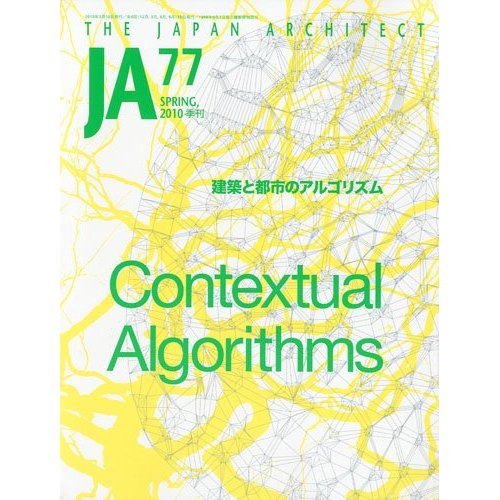 [lang_en]JA No.77[/lang_en][lang_ja]JA 77号[/lang_ja]
[lang_en]JA No.77[/lang_en][lang_ja]JA 77号[/lang_ja]
[lang_en]Hey, sorry for the long silence. It's been really busy these days. The Wien University project by Atelier Hitoshi Abe is featured in the 2010 spring issue of the JA magazine, amongst works by other prominent Japanese Architects such as Atelier Bow-wow. If you have a chance, look through them at a local Architecture Book store, or make me rich by clicking on the amazon link(and buying it!).[/lang_en][lang_ja]ご無沙汰してました。色々忙しくてなかなかブログをアップデート出来なかったよ。さて、阿部仁史アトリエが手がけたウイーン大学の校舎がJA77号に乗ってます。他にもアトリエ・わんなど日本の建築家のプロジェクトが勢揃いですよ〜。機会があれば、目を通して下さい。アマゾンでも購入出来ますよ[/lang_ja]









